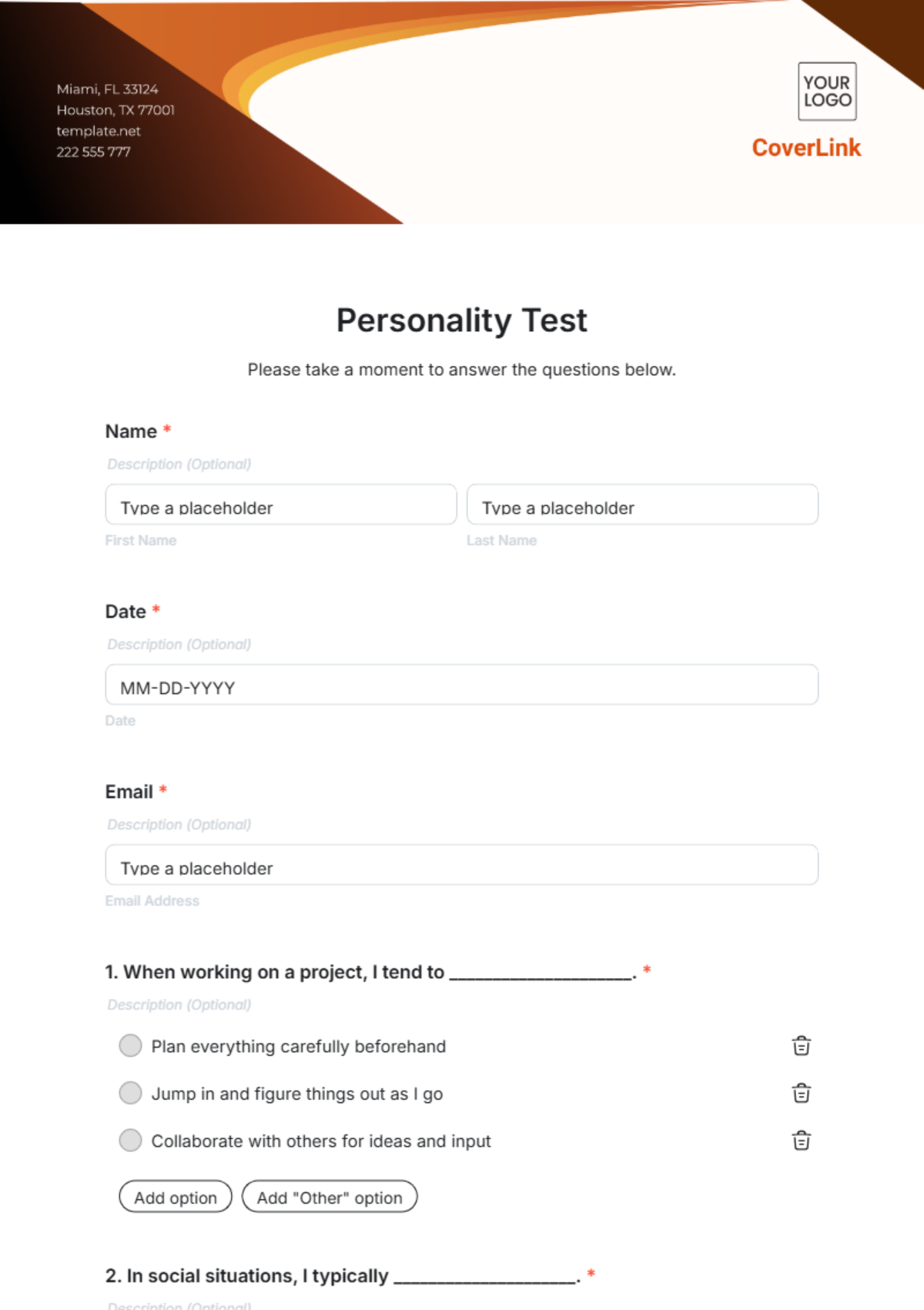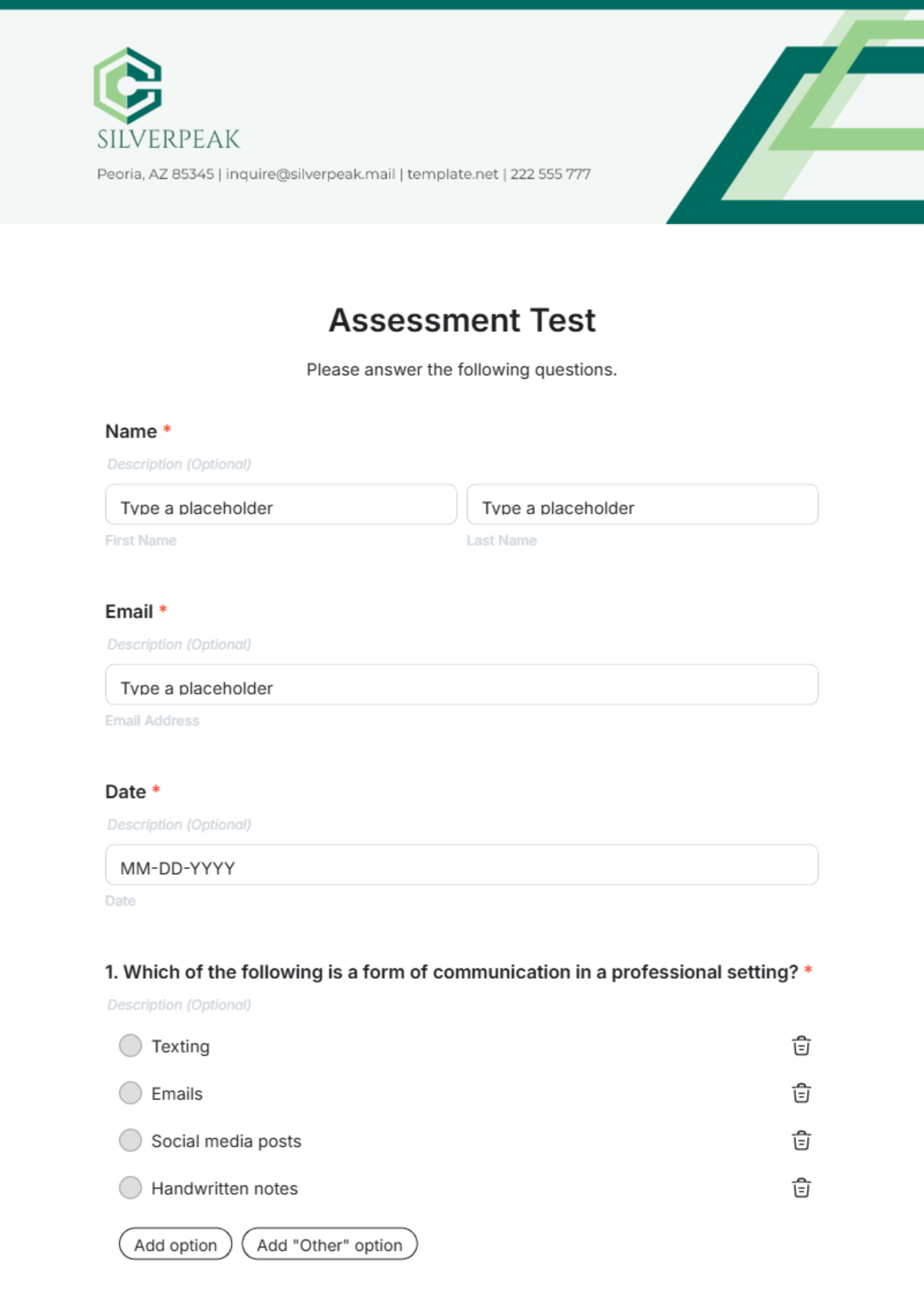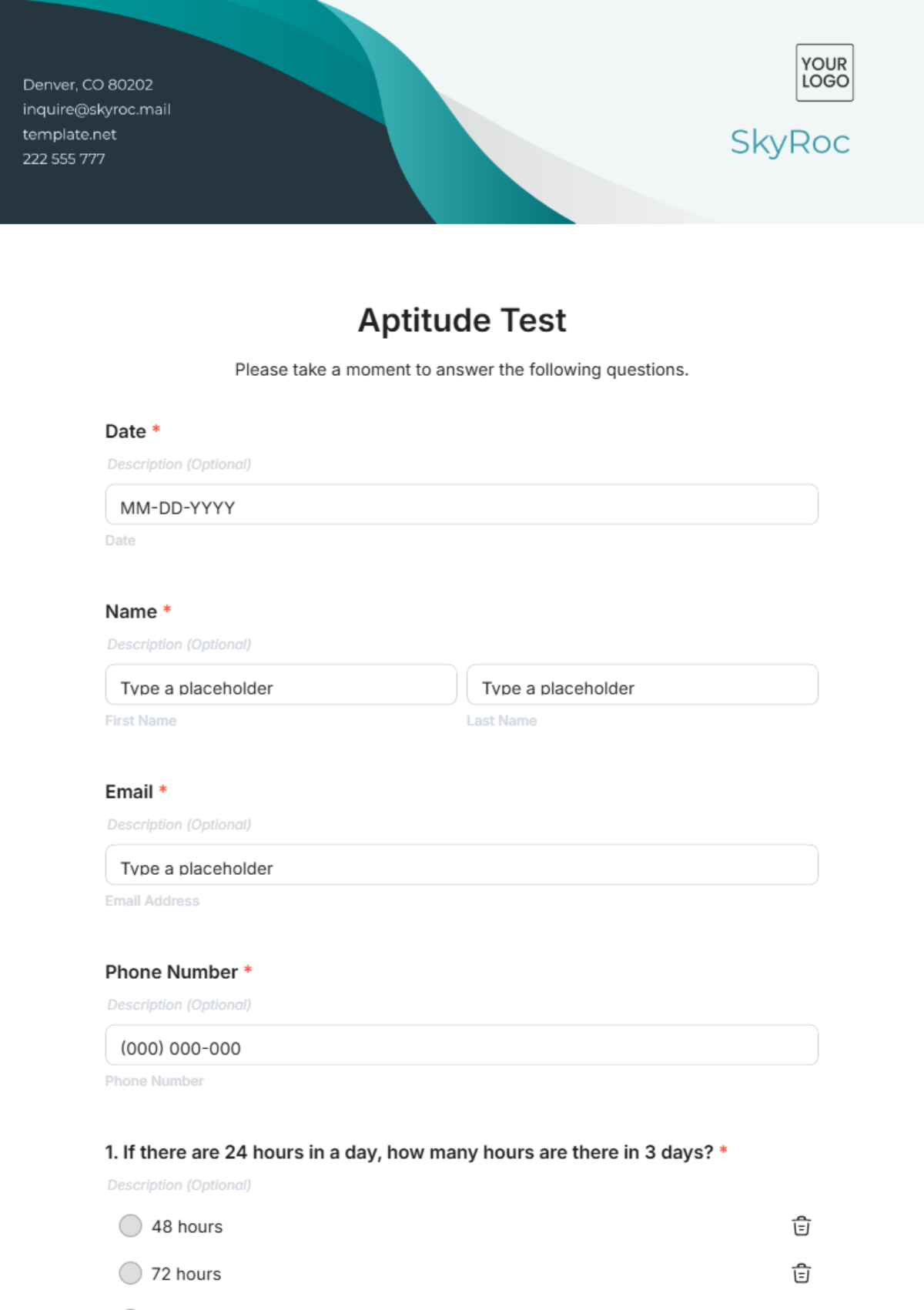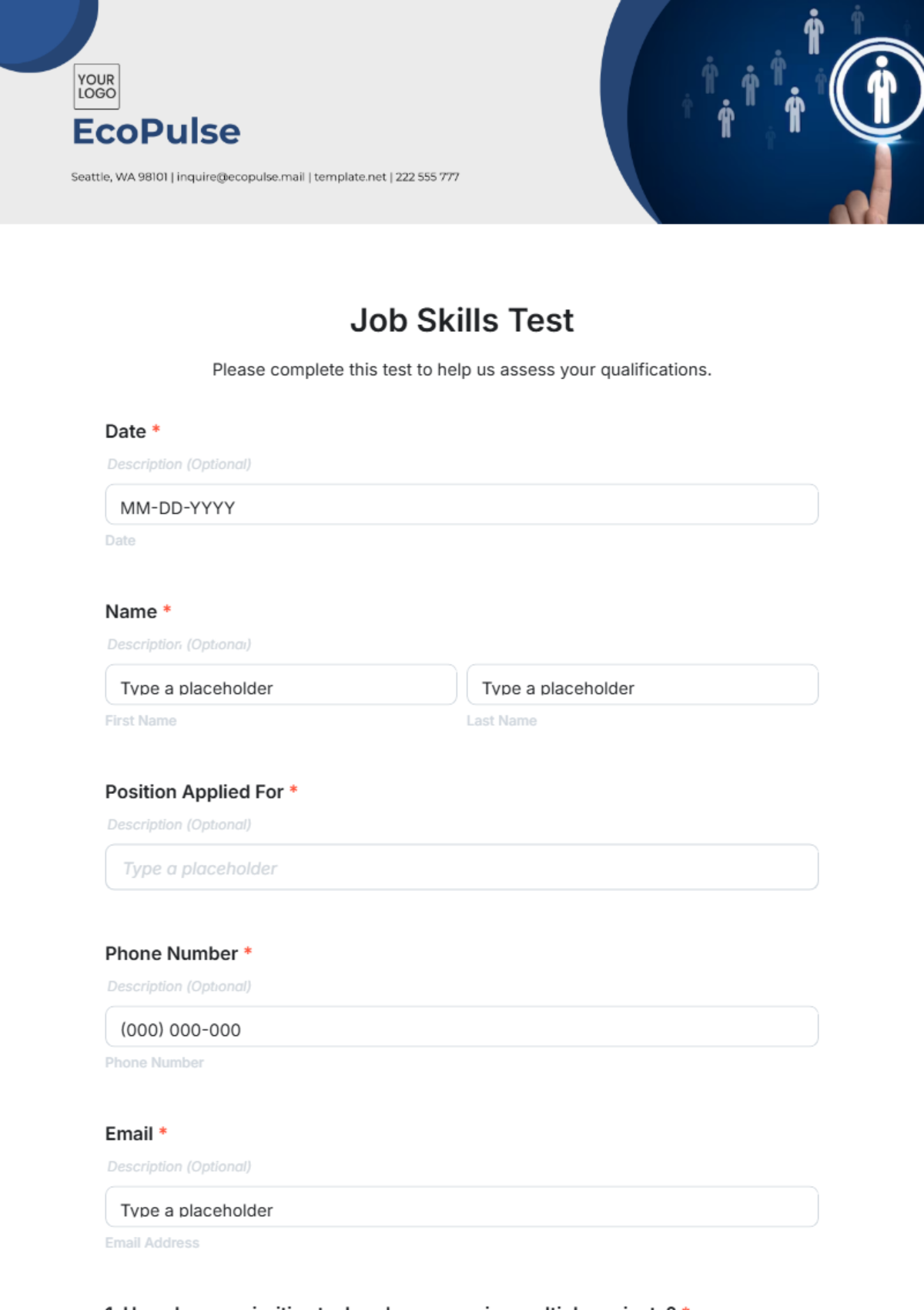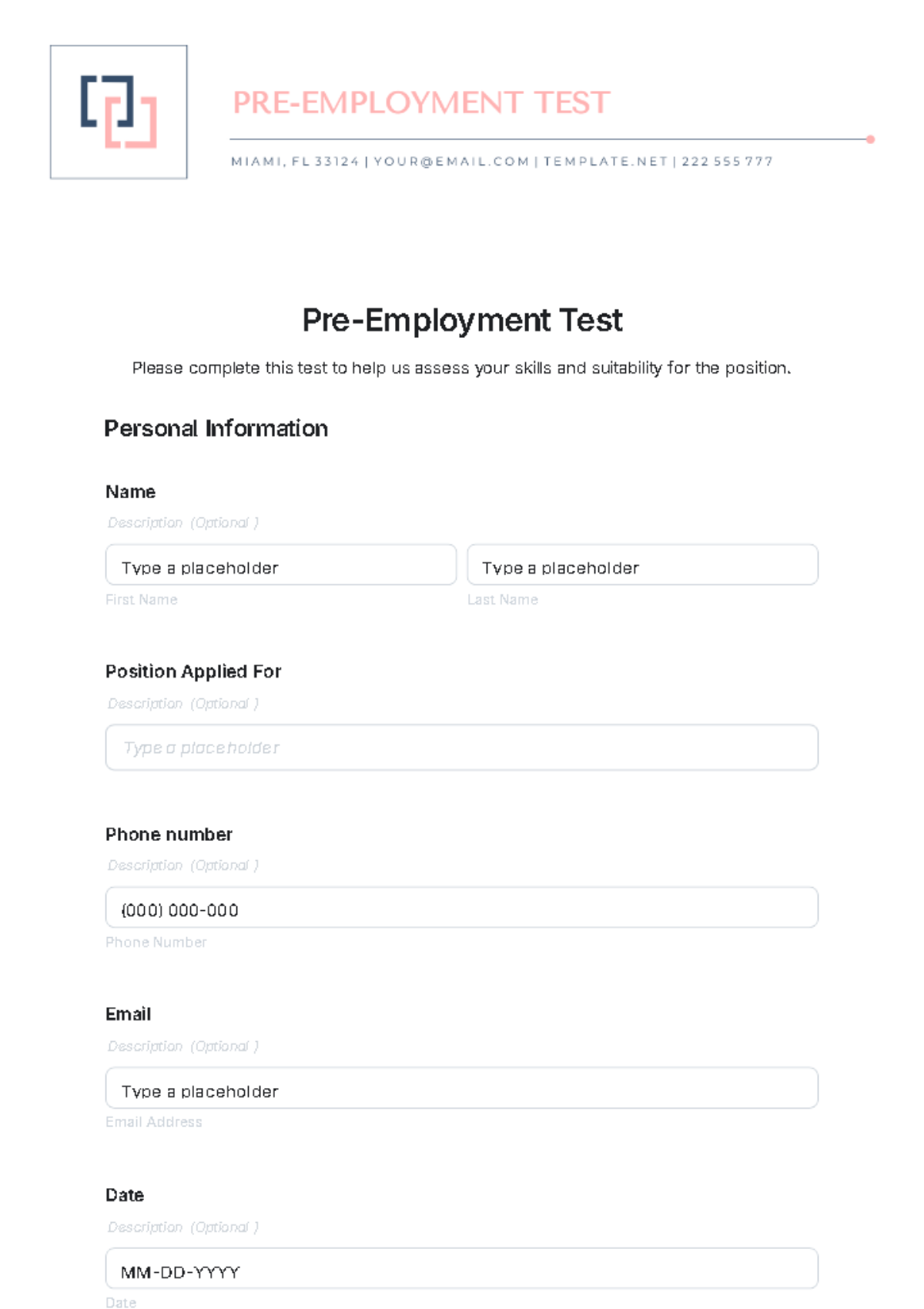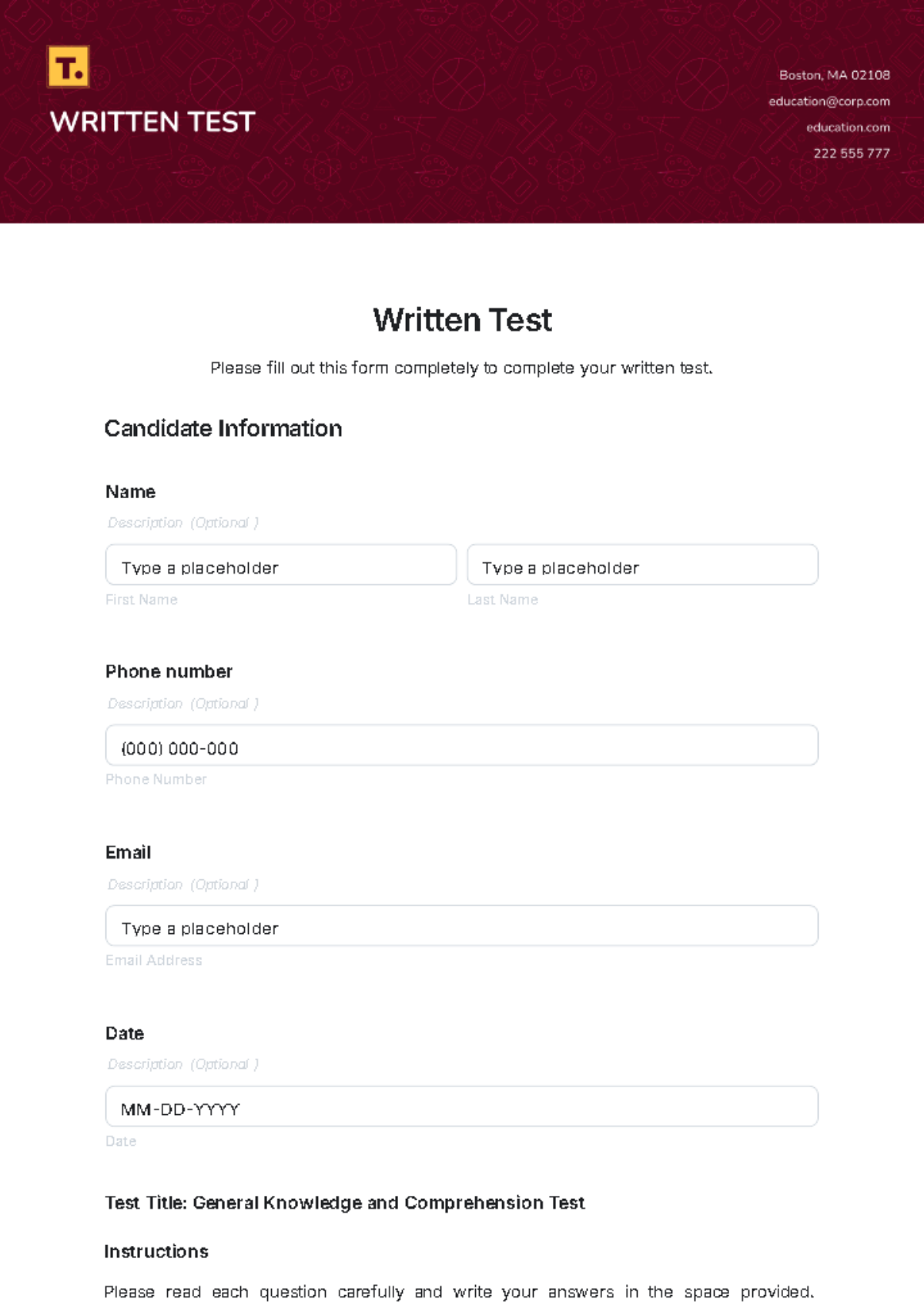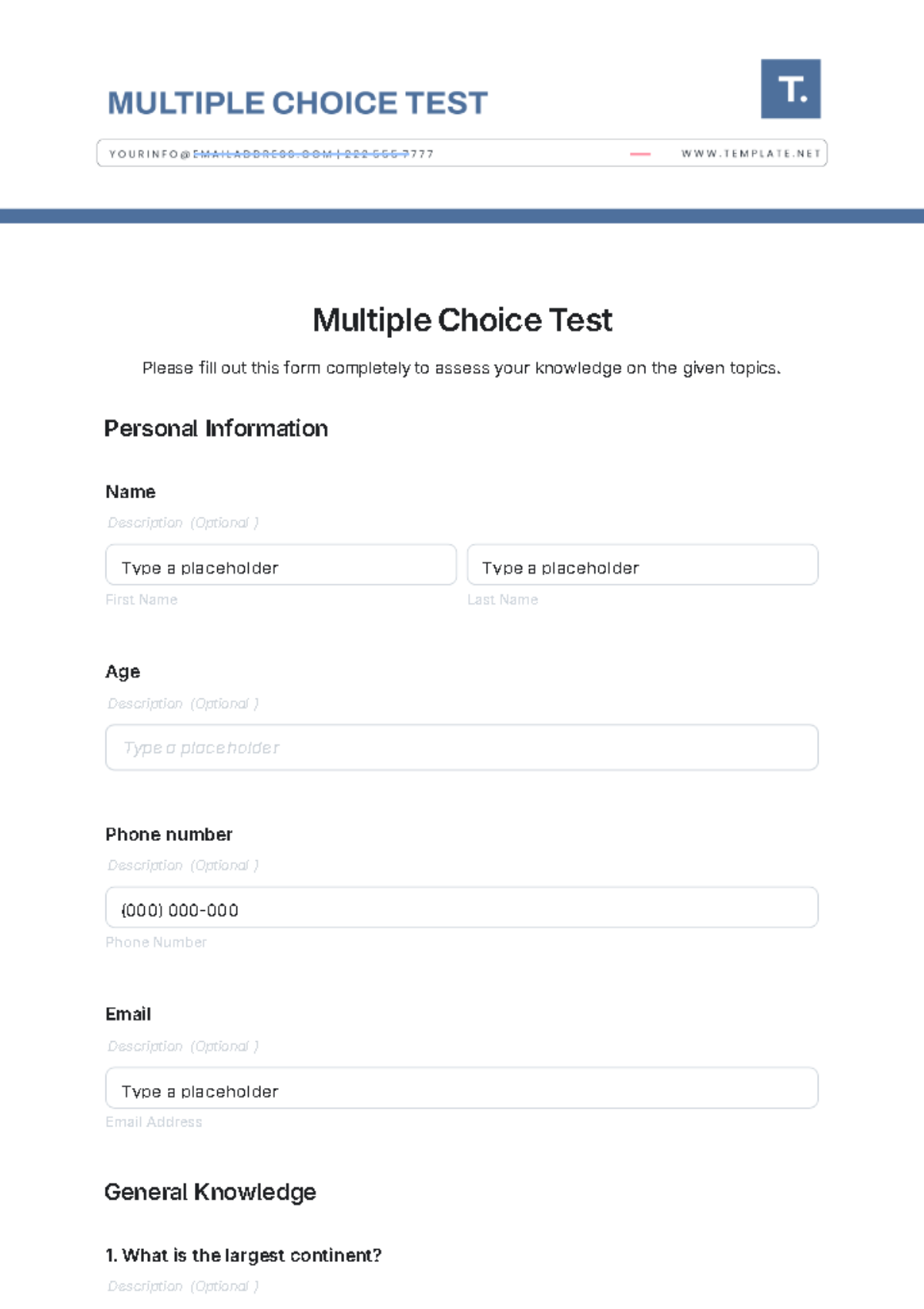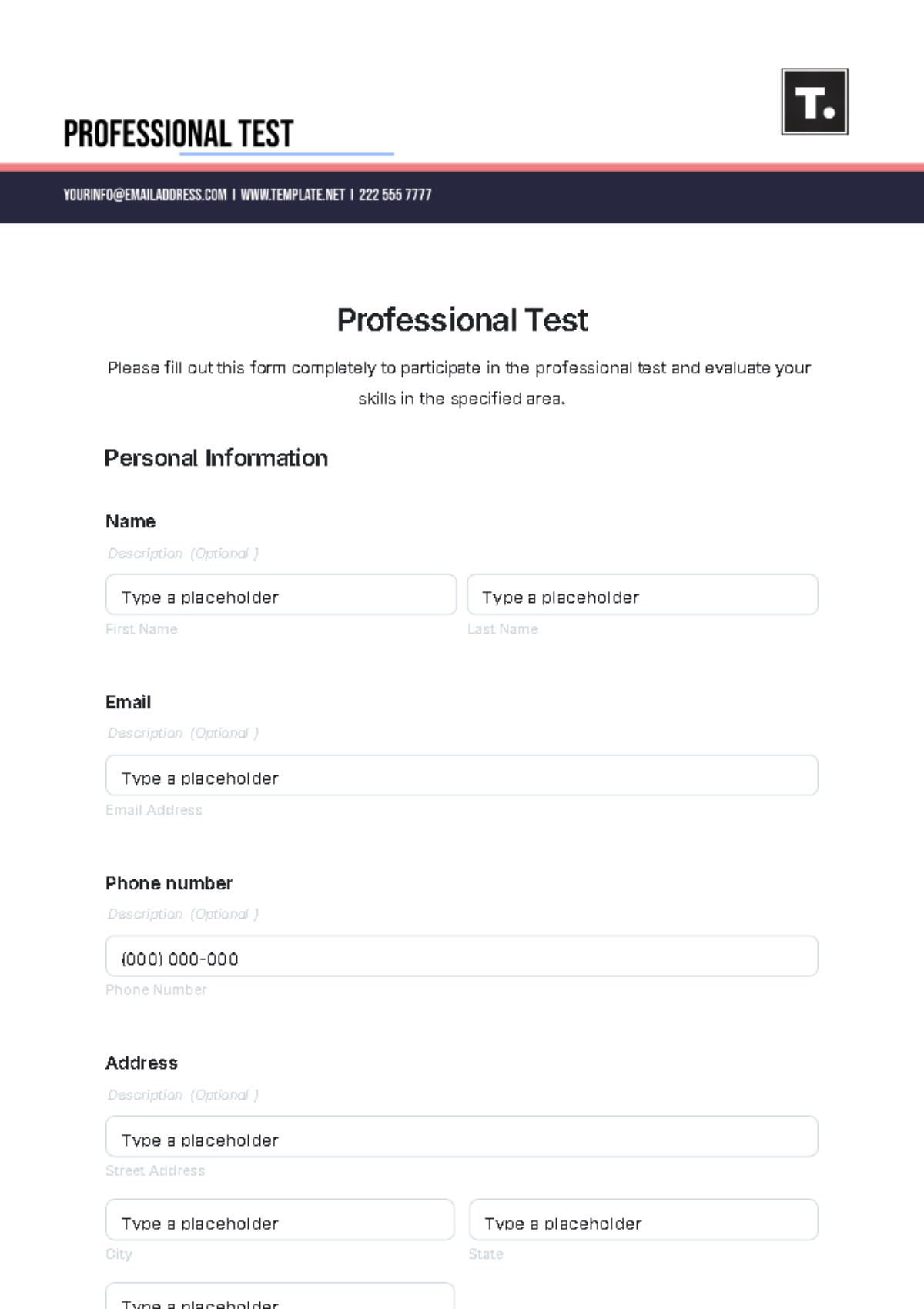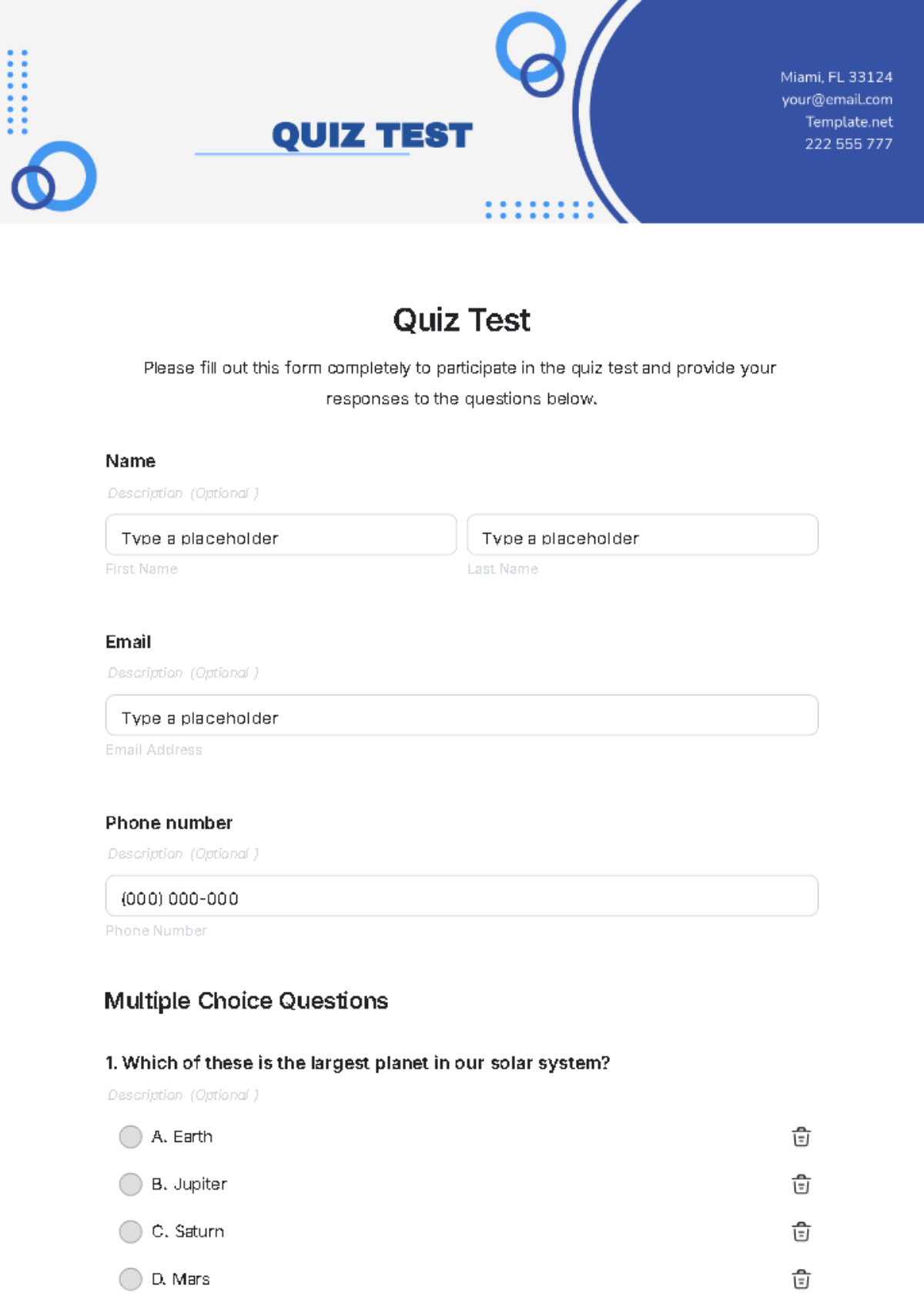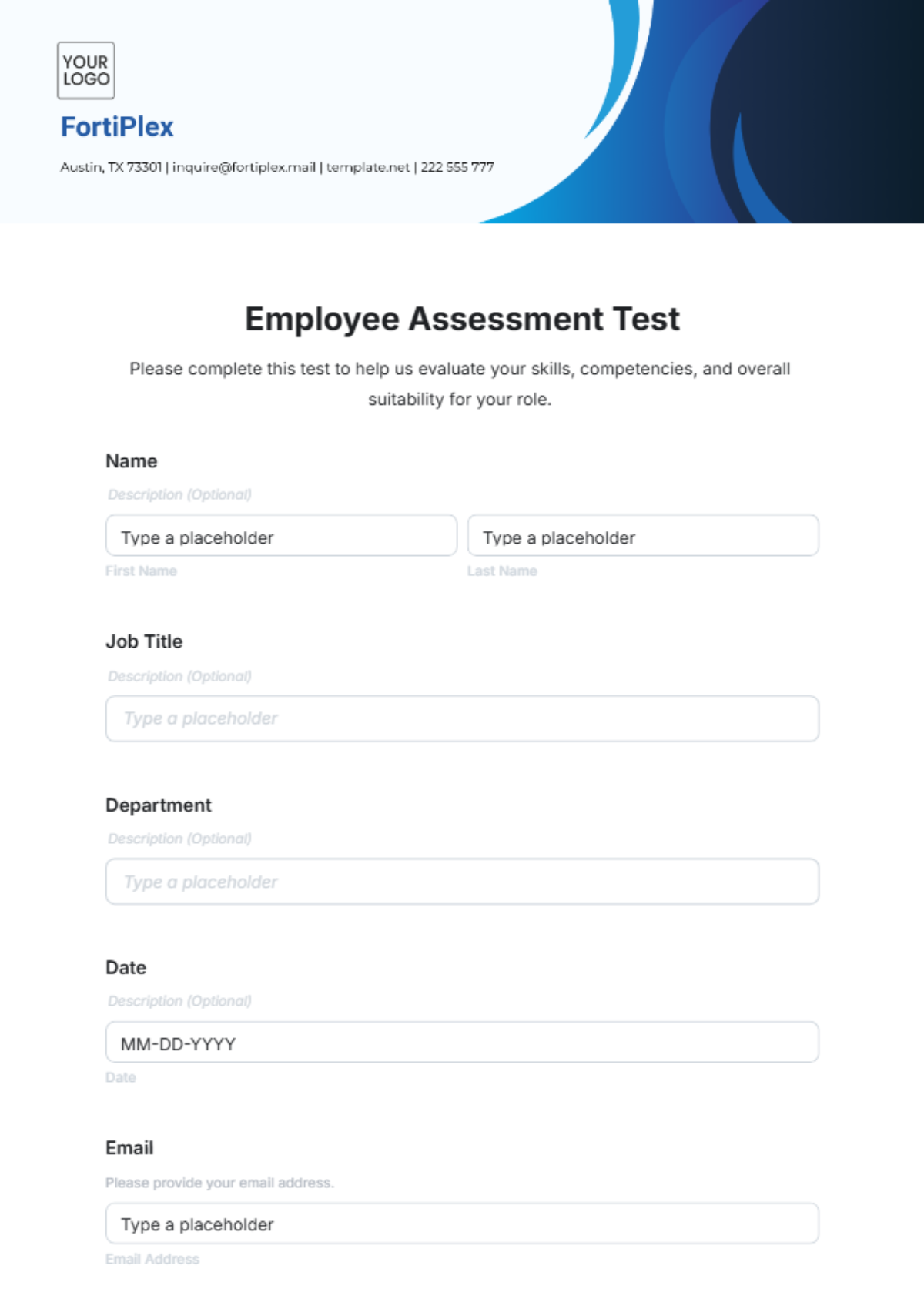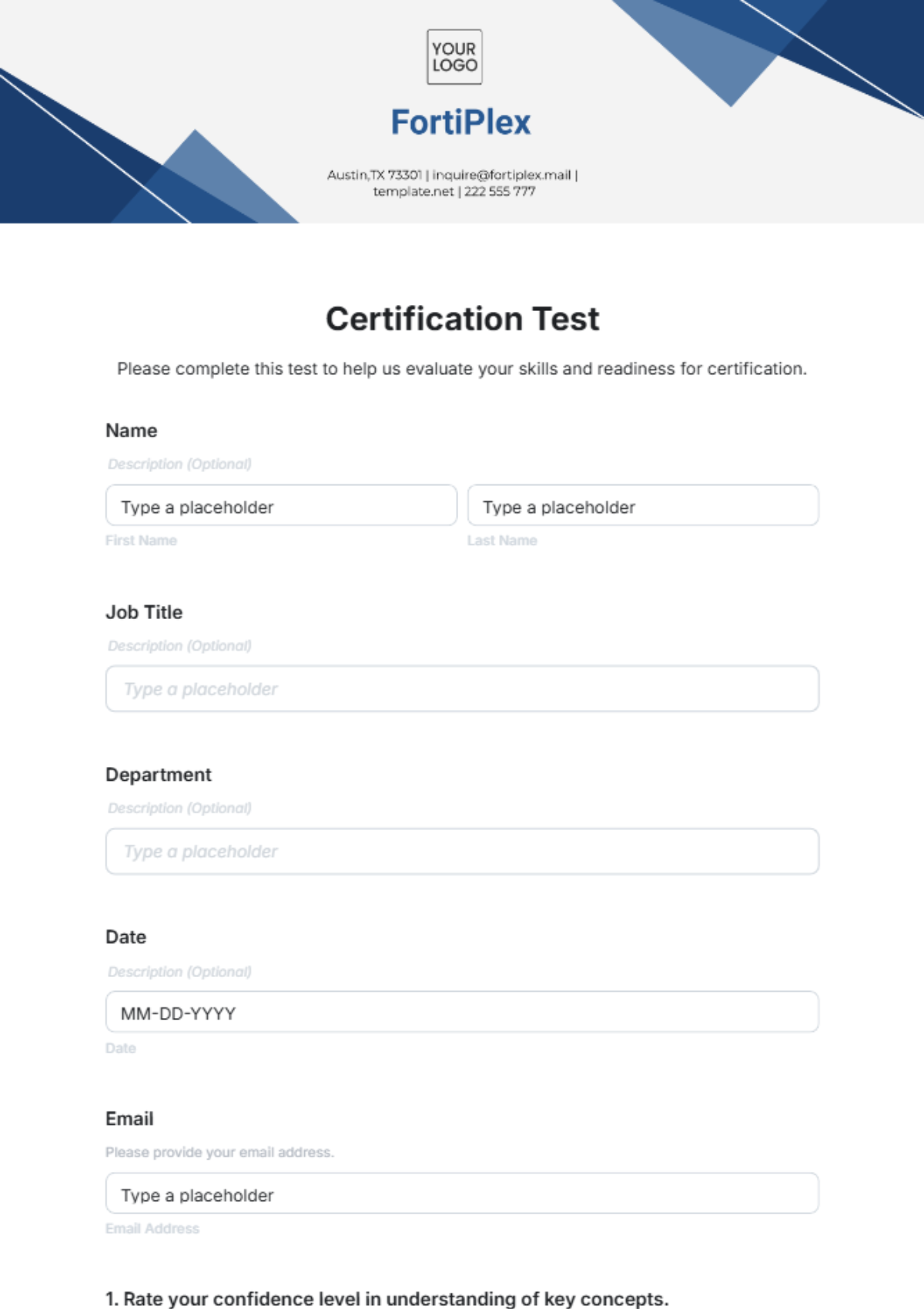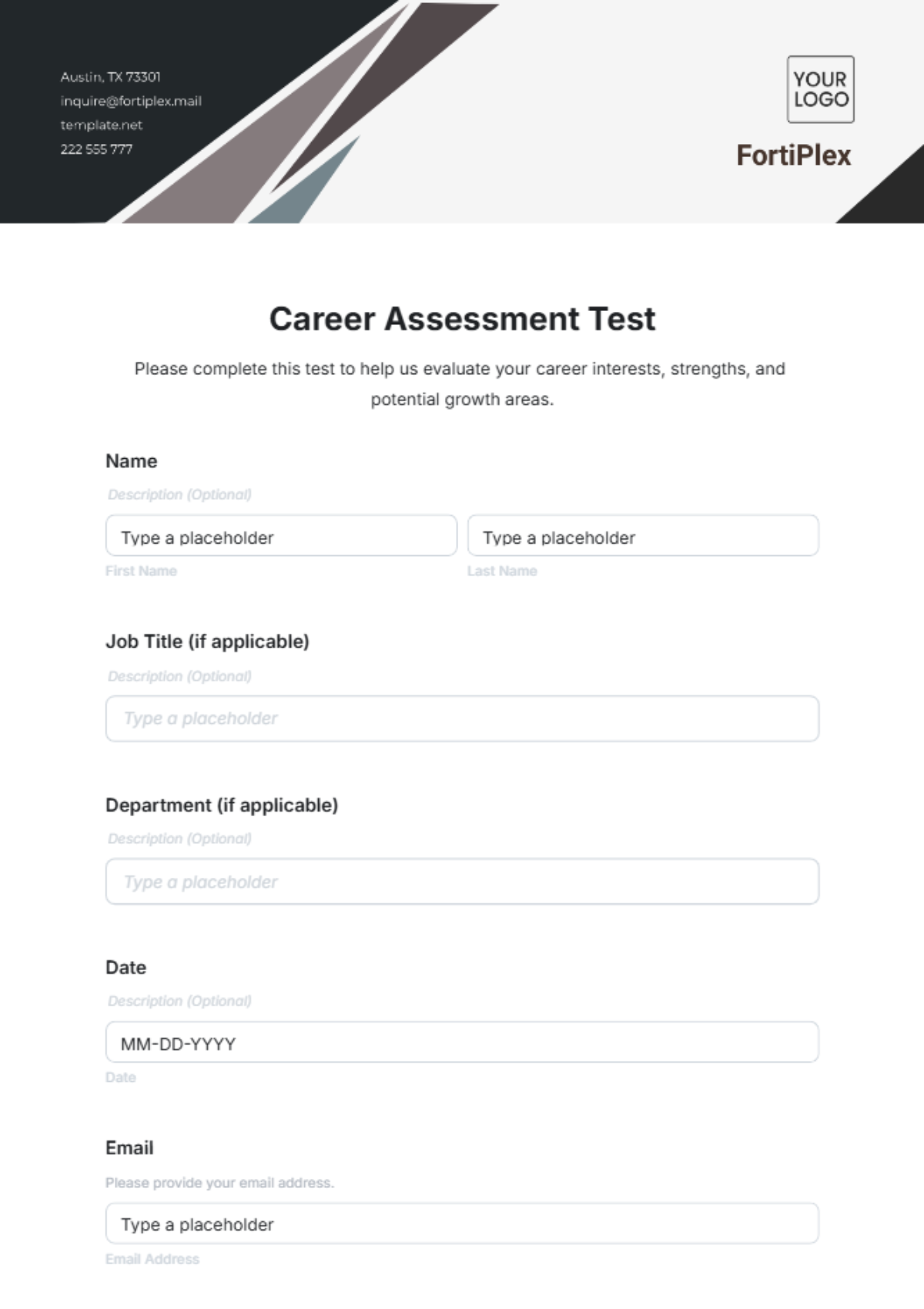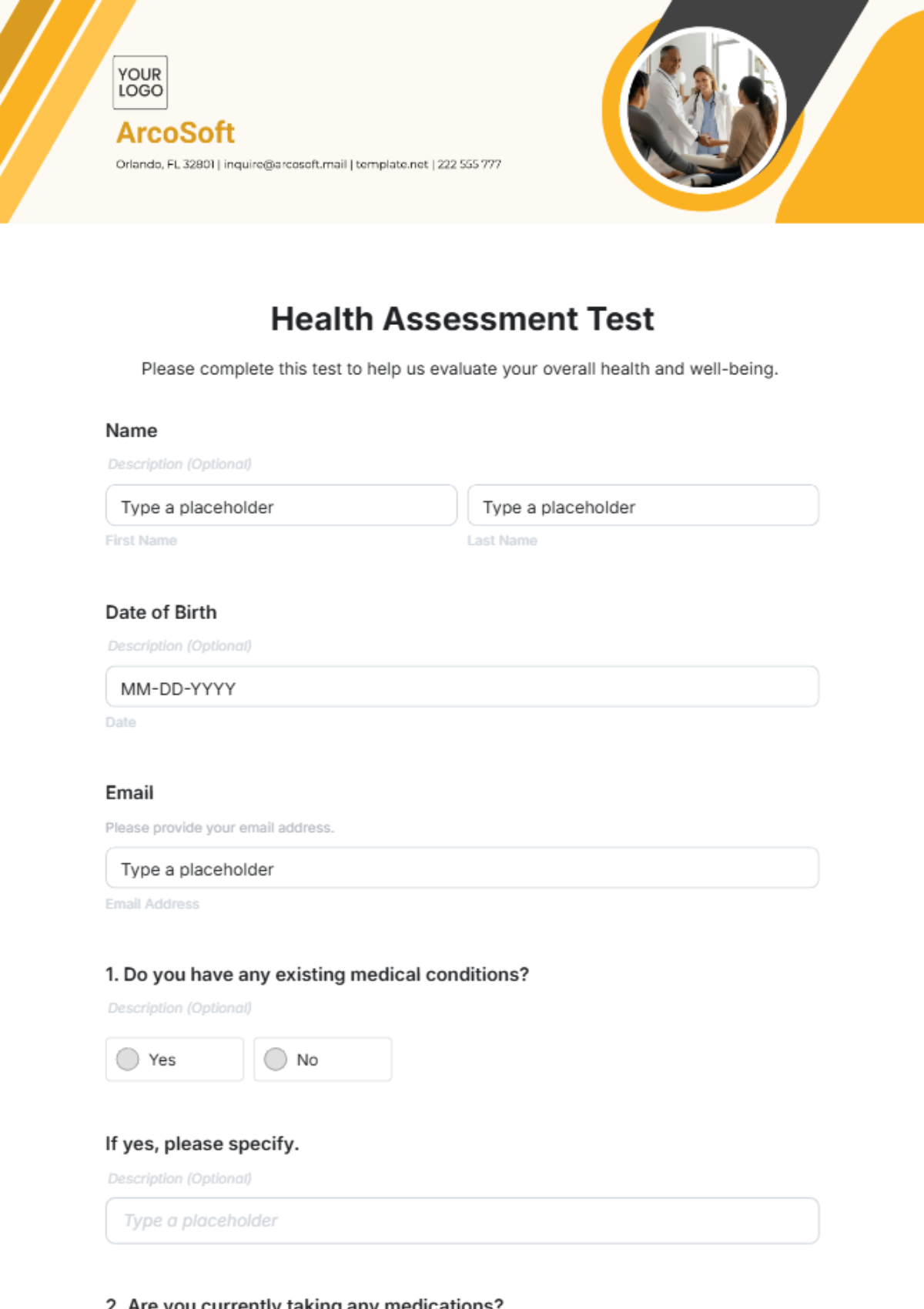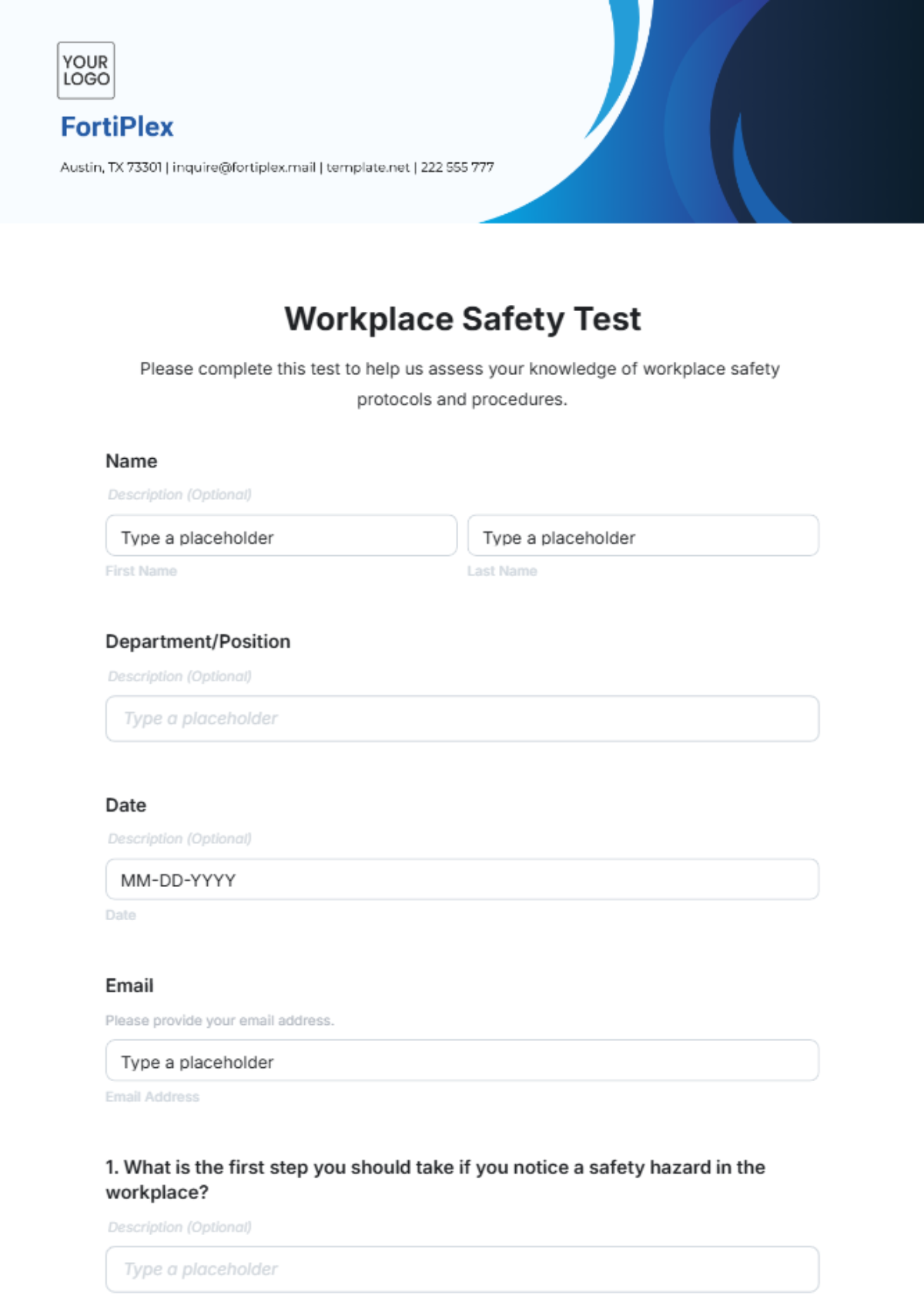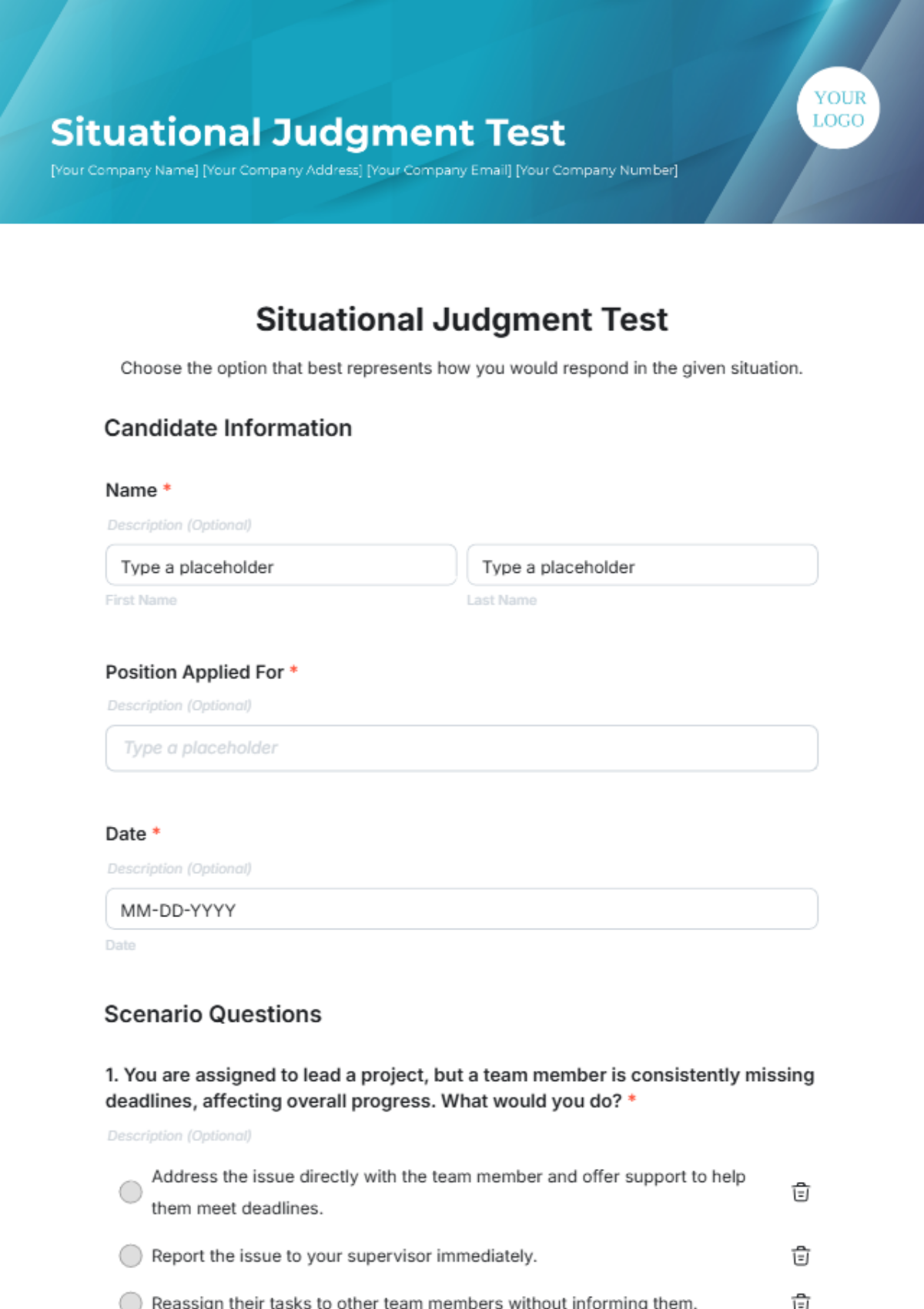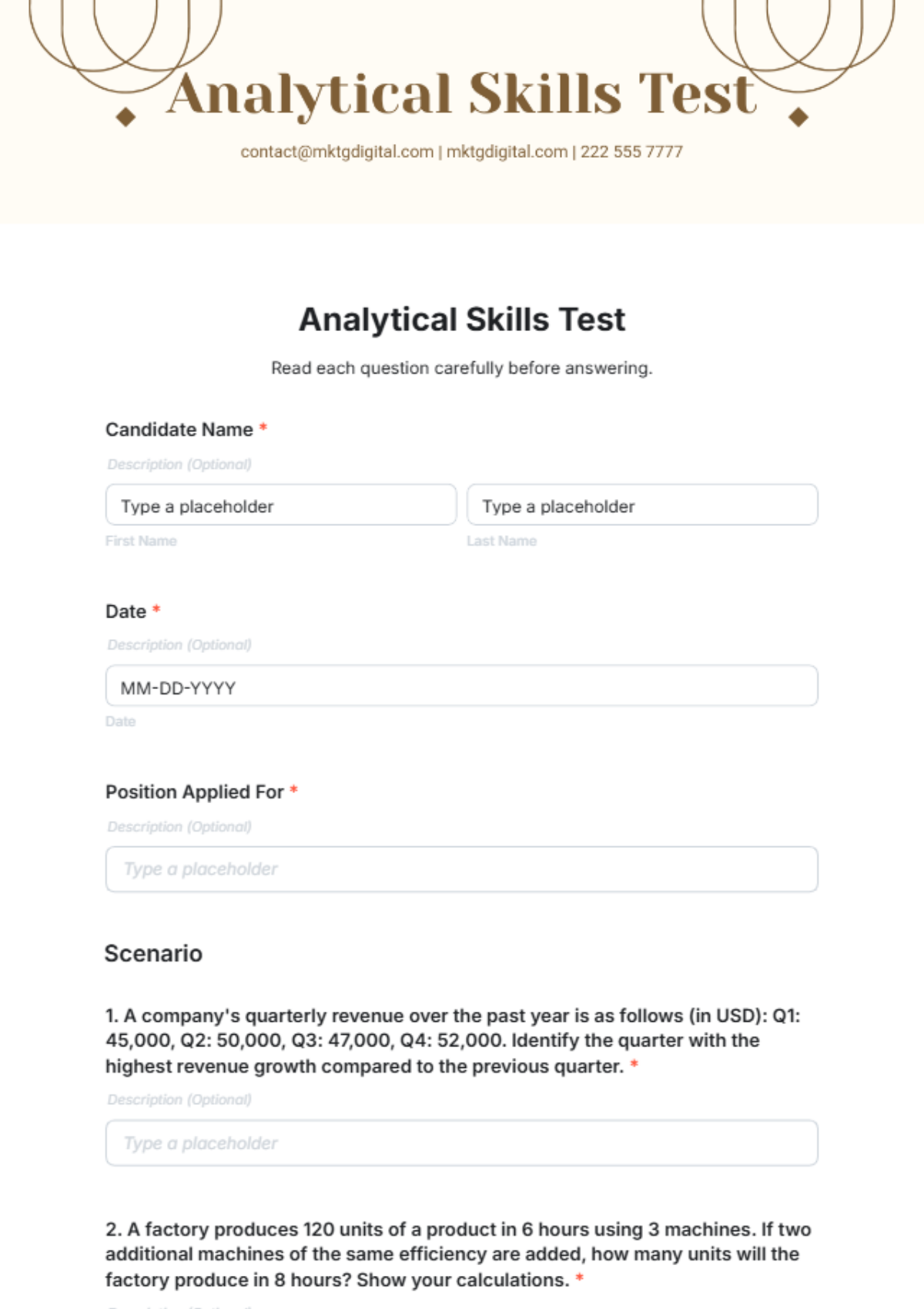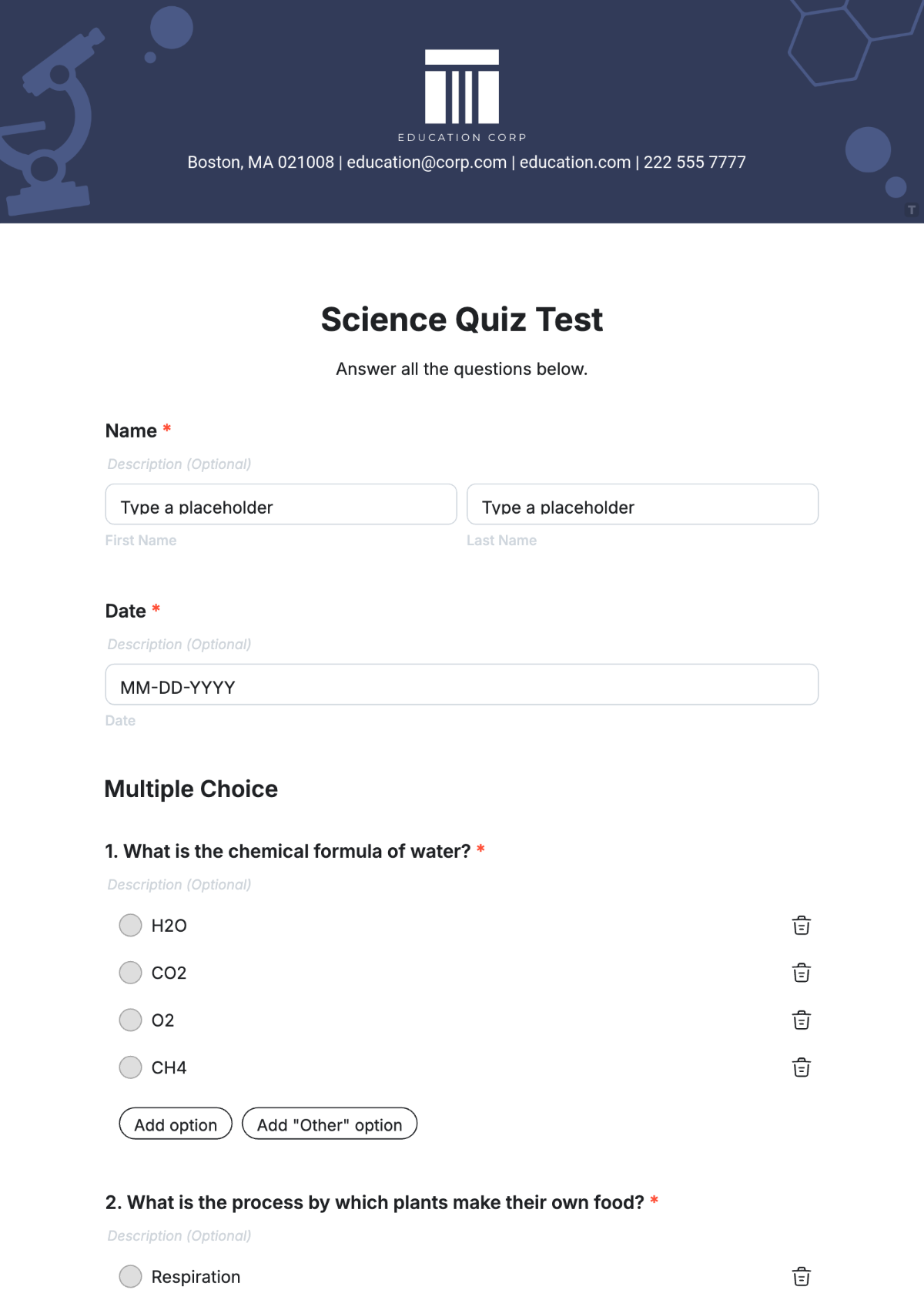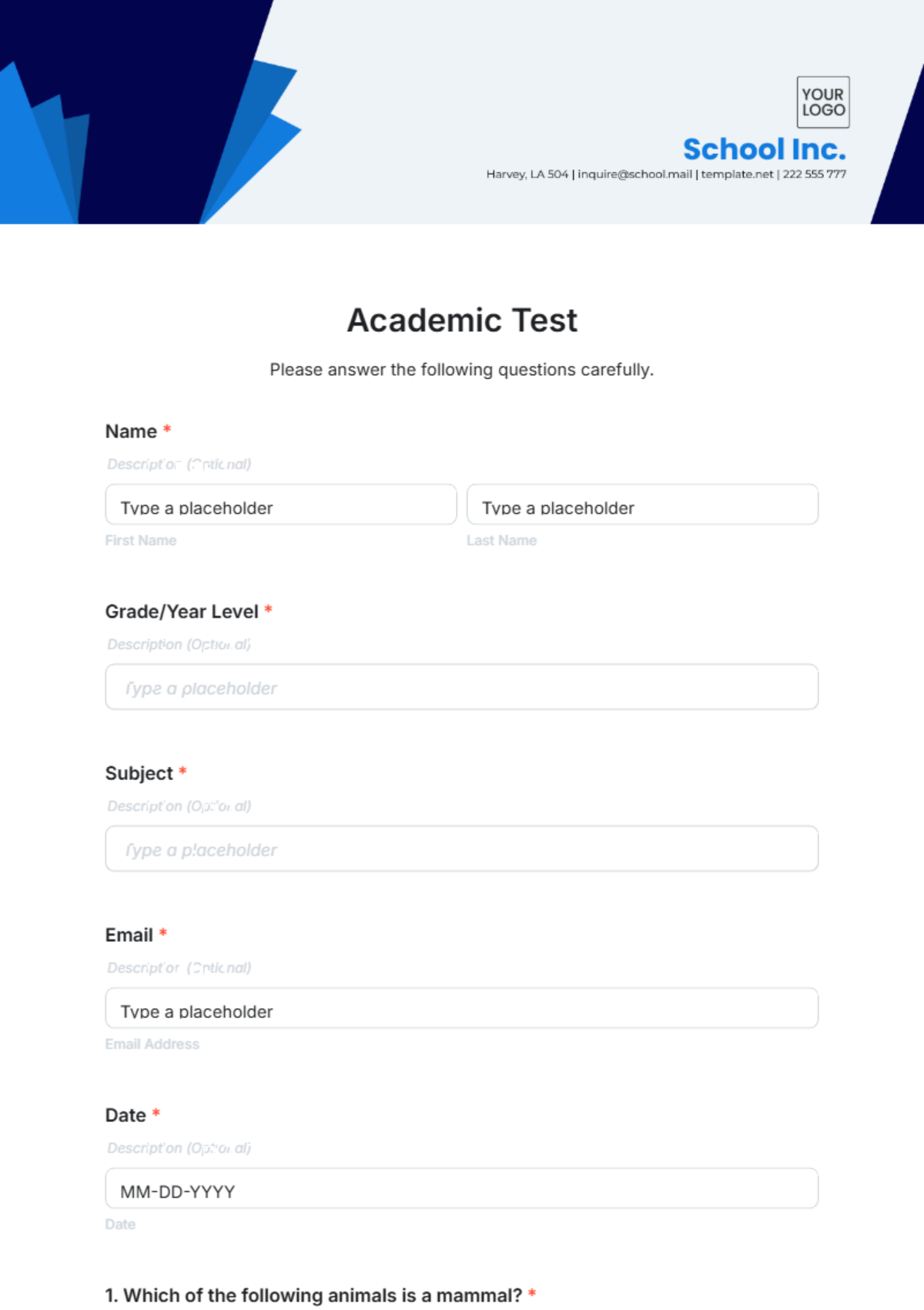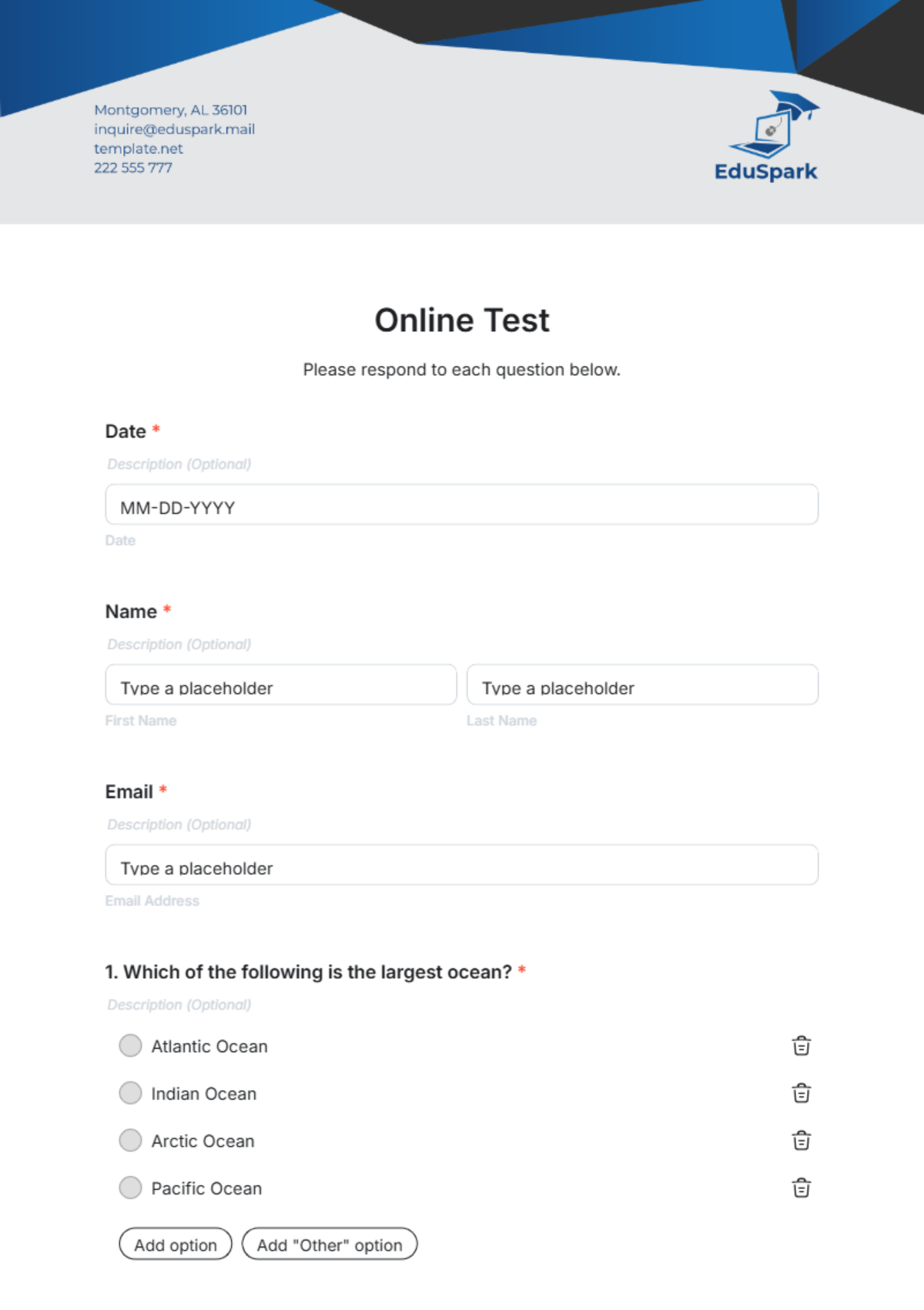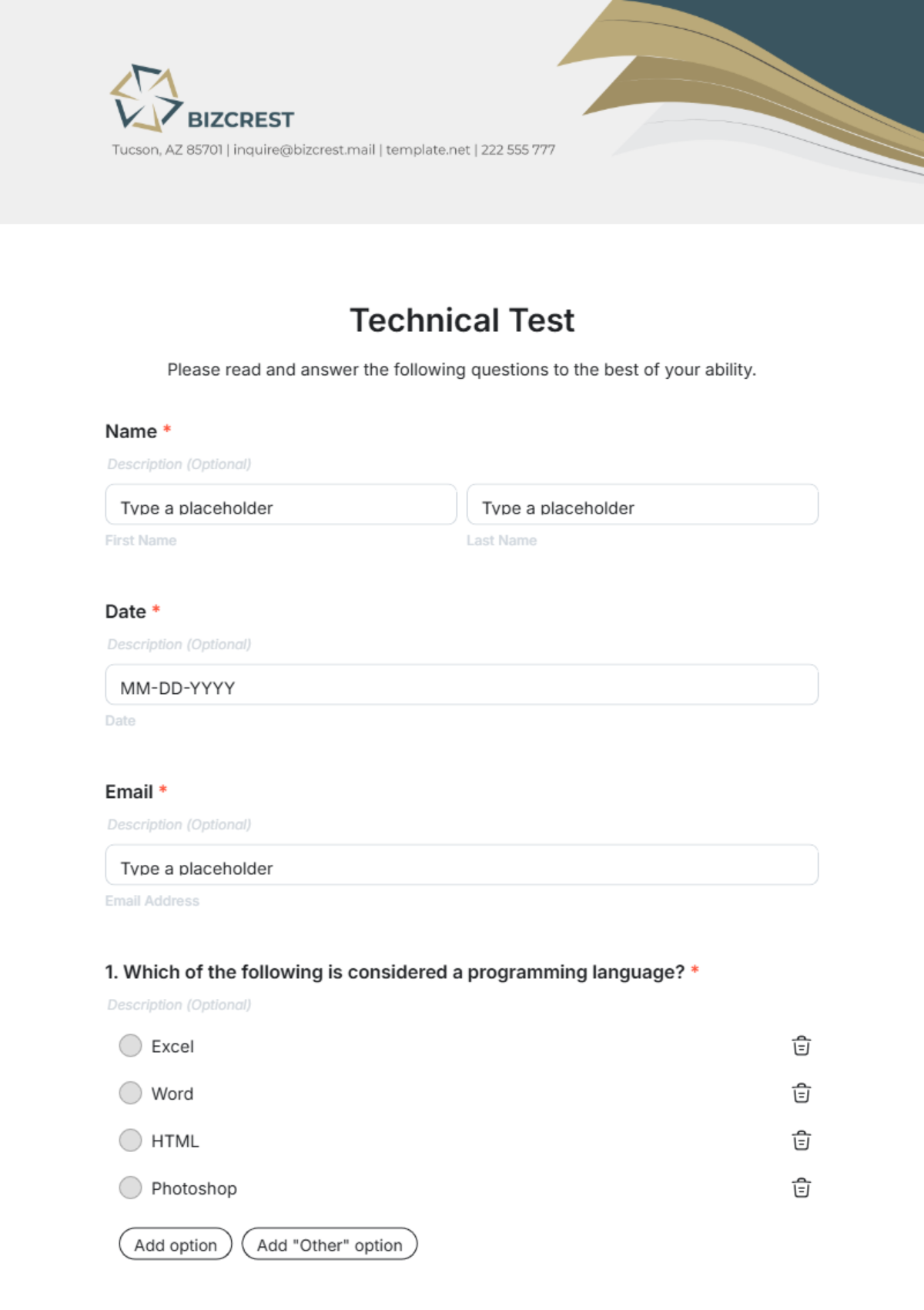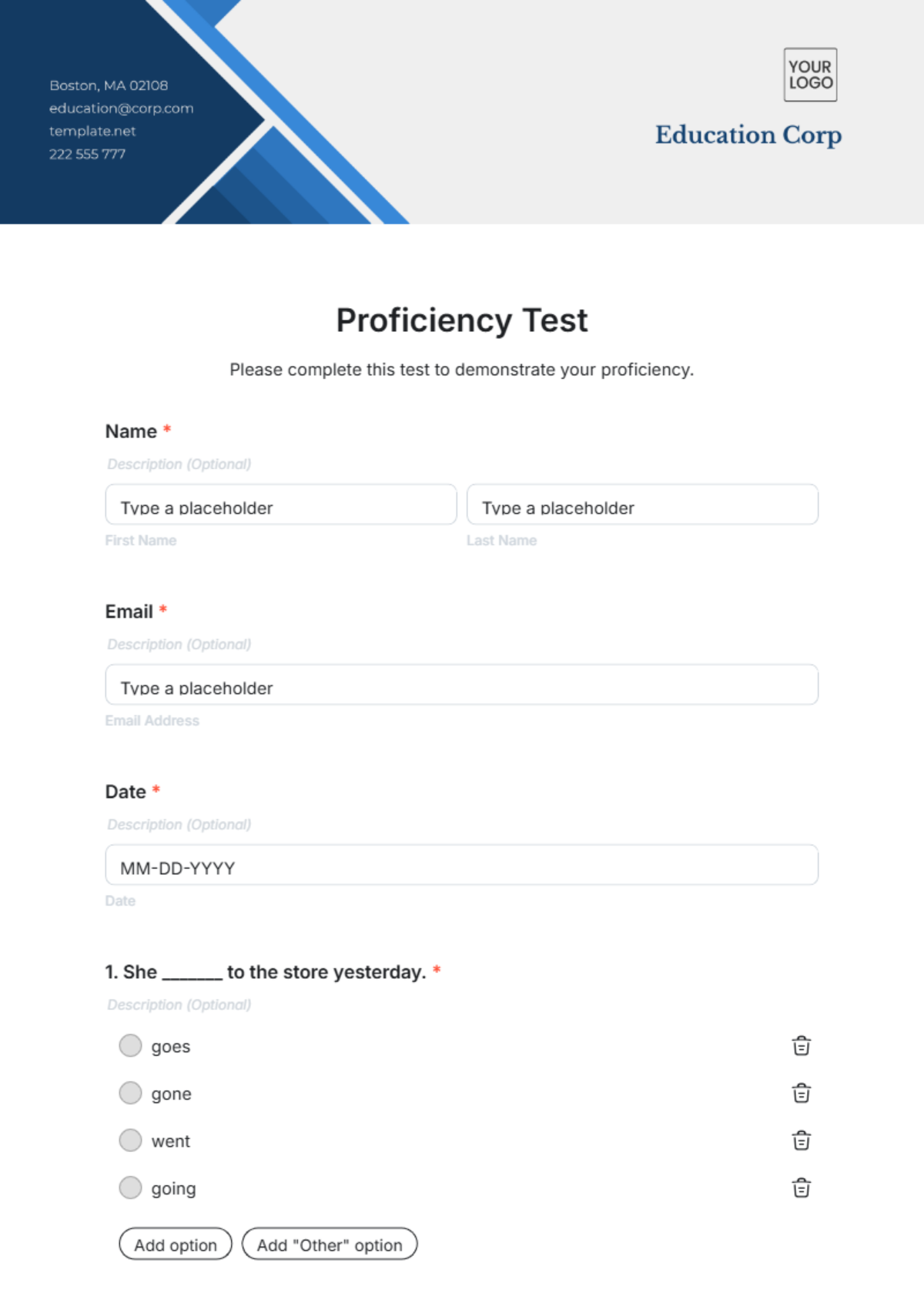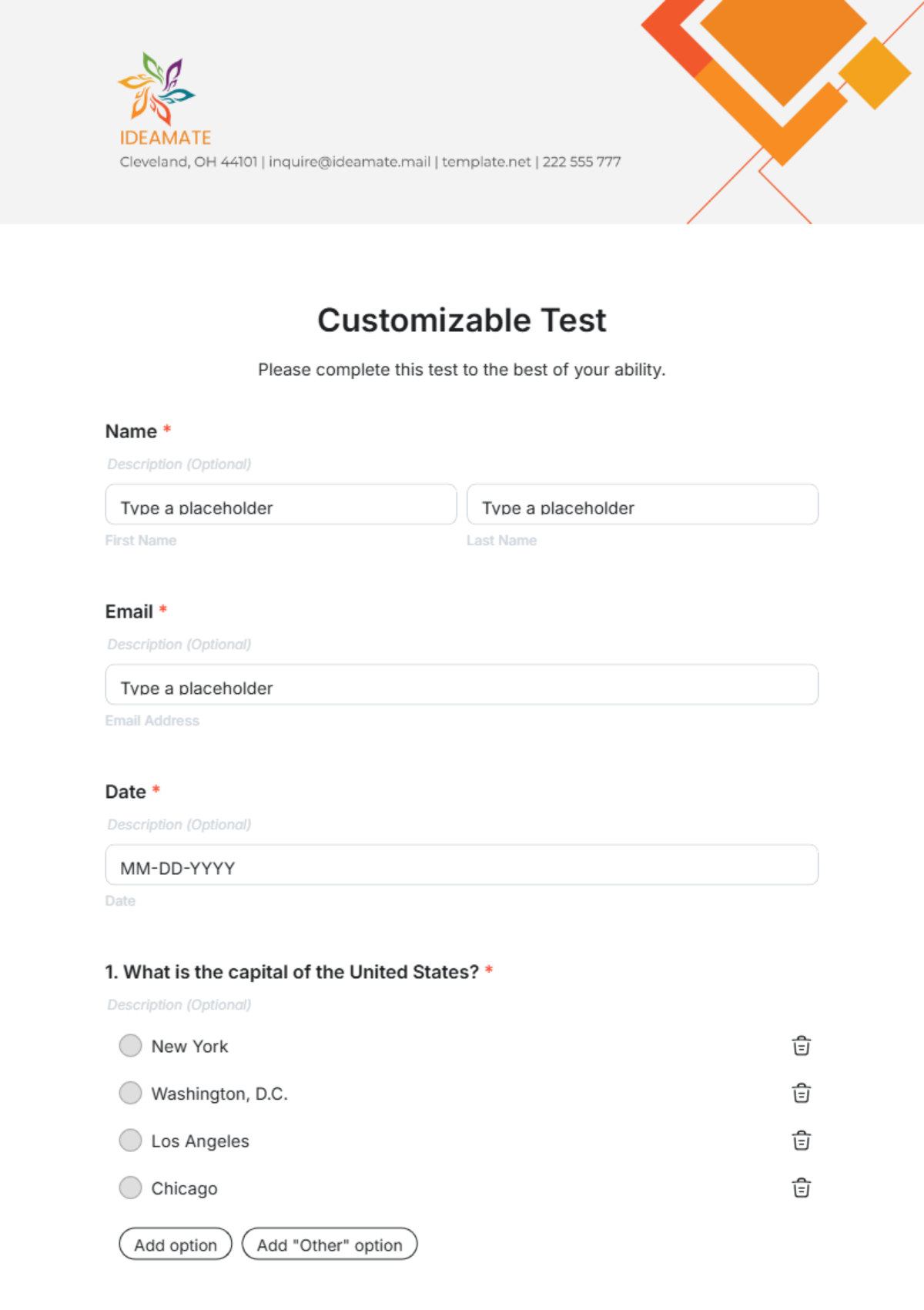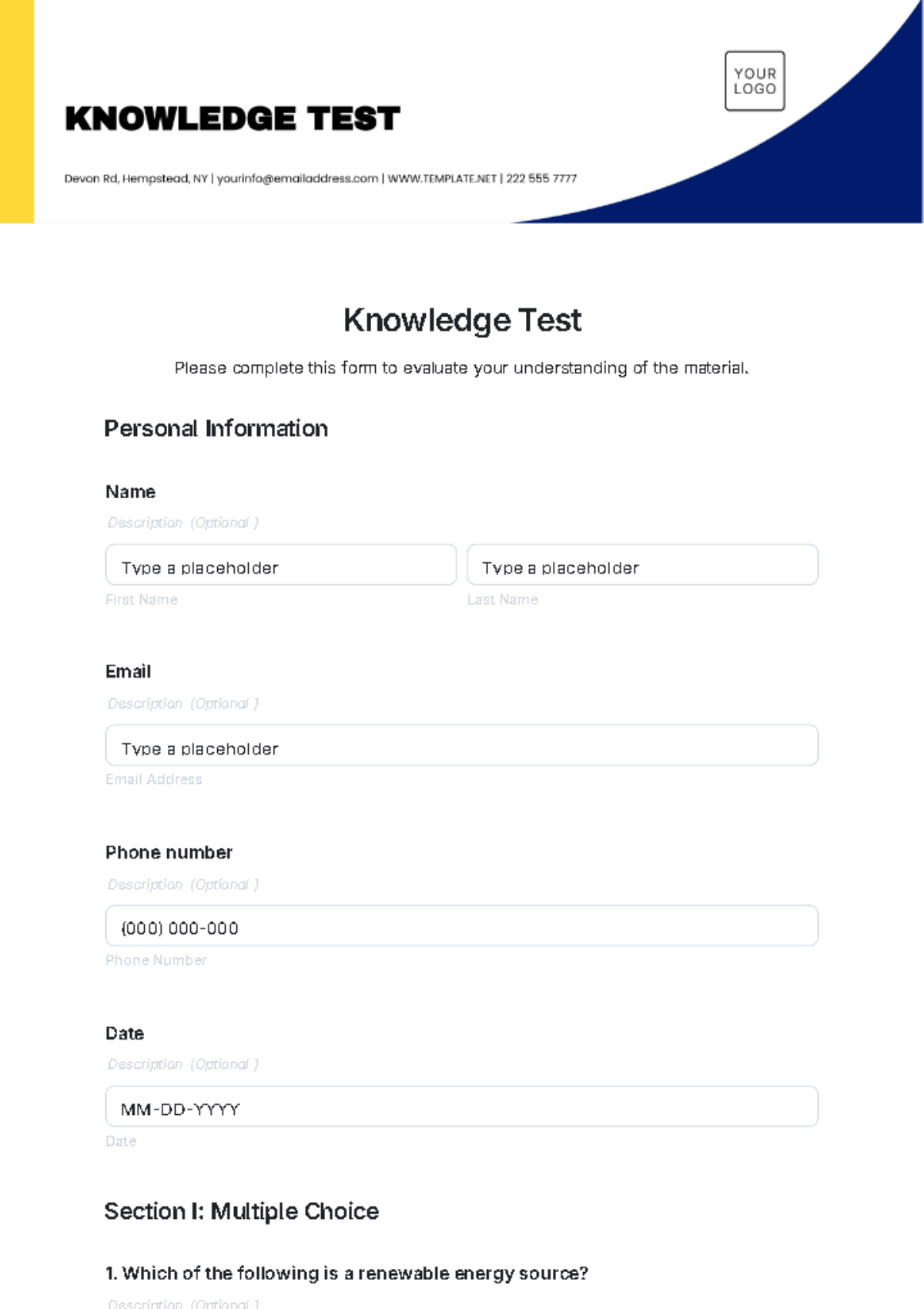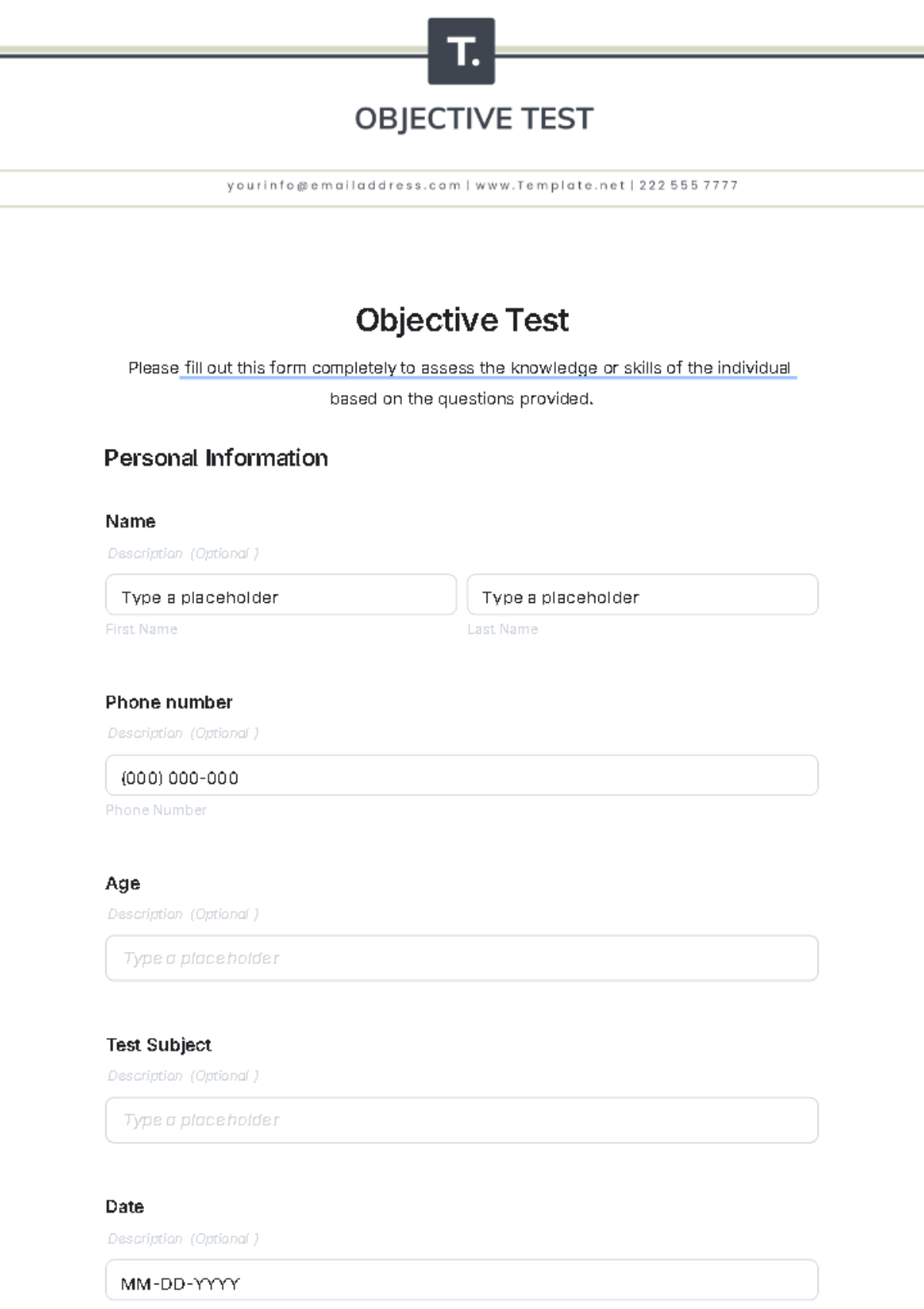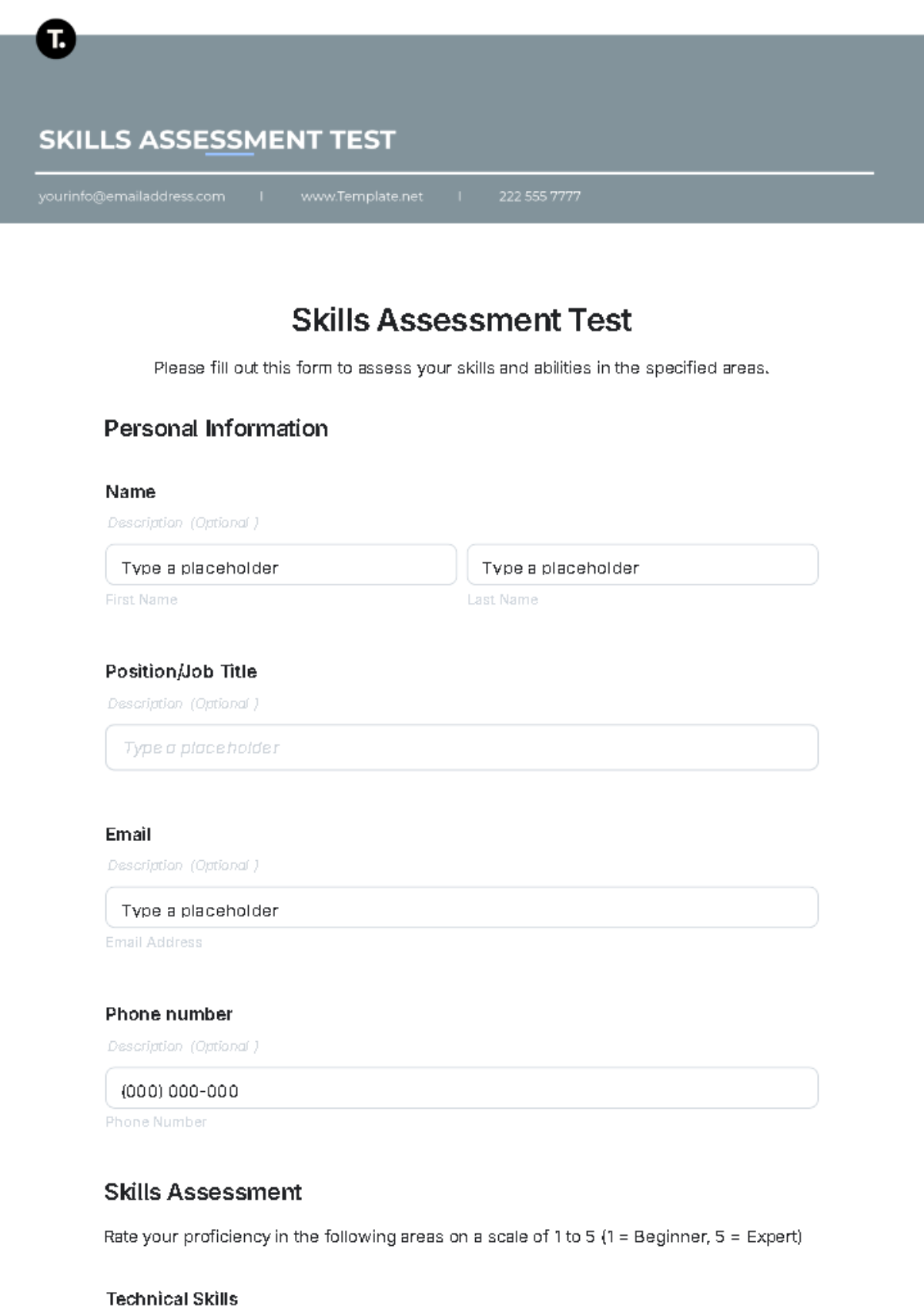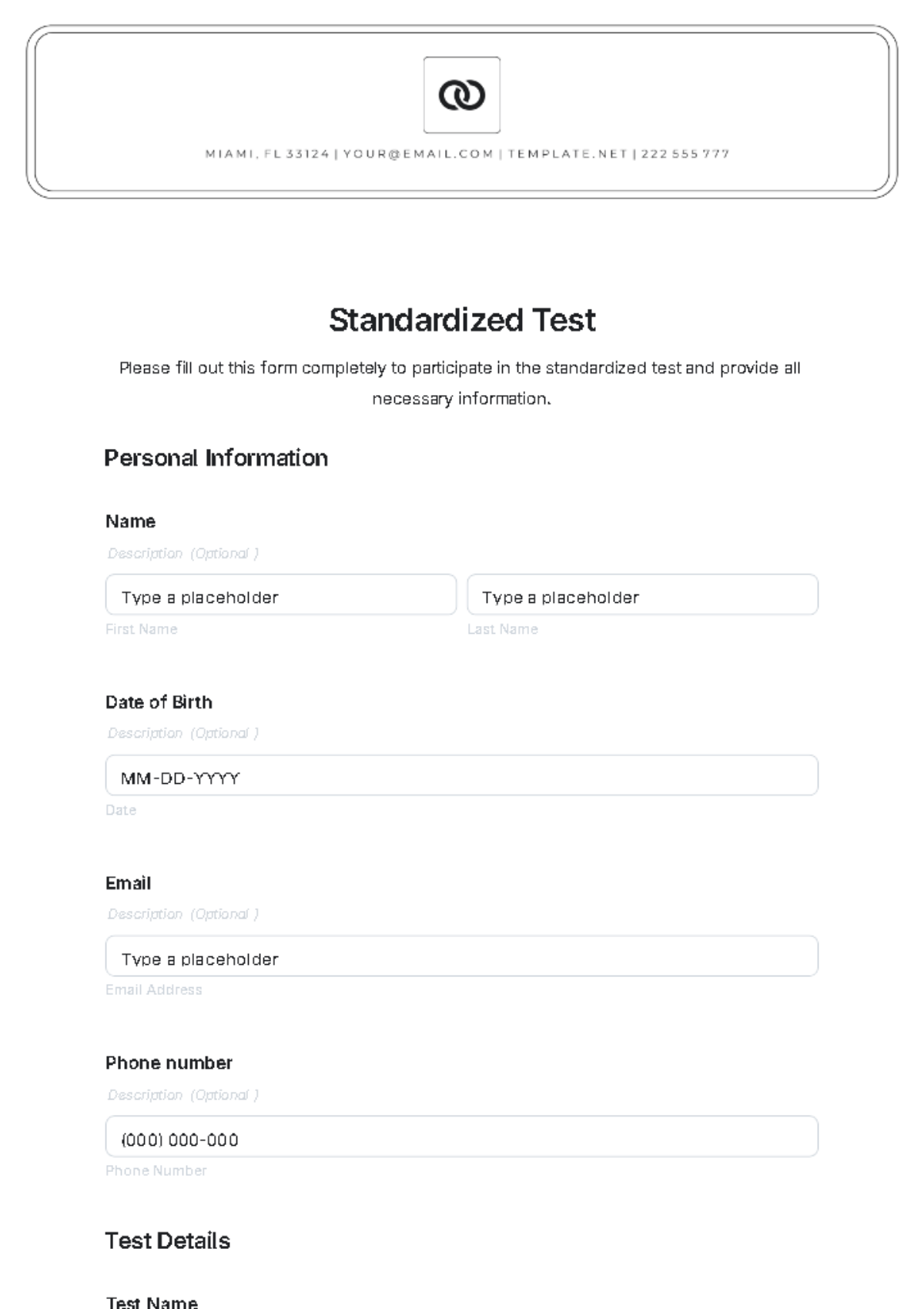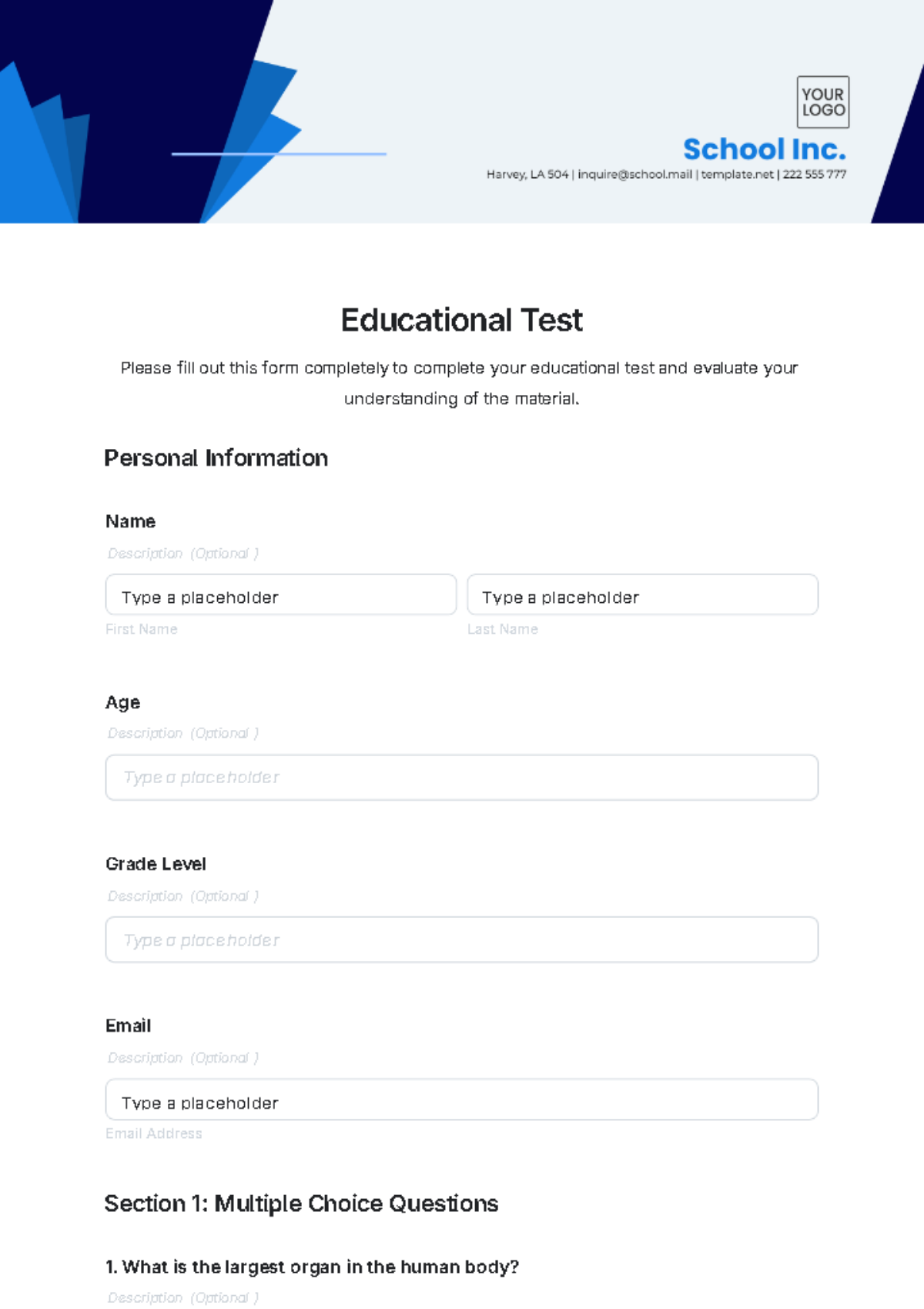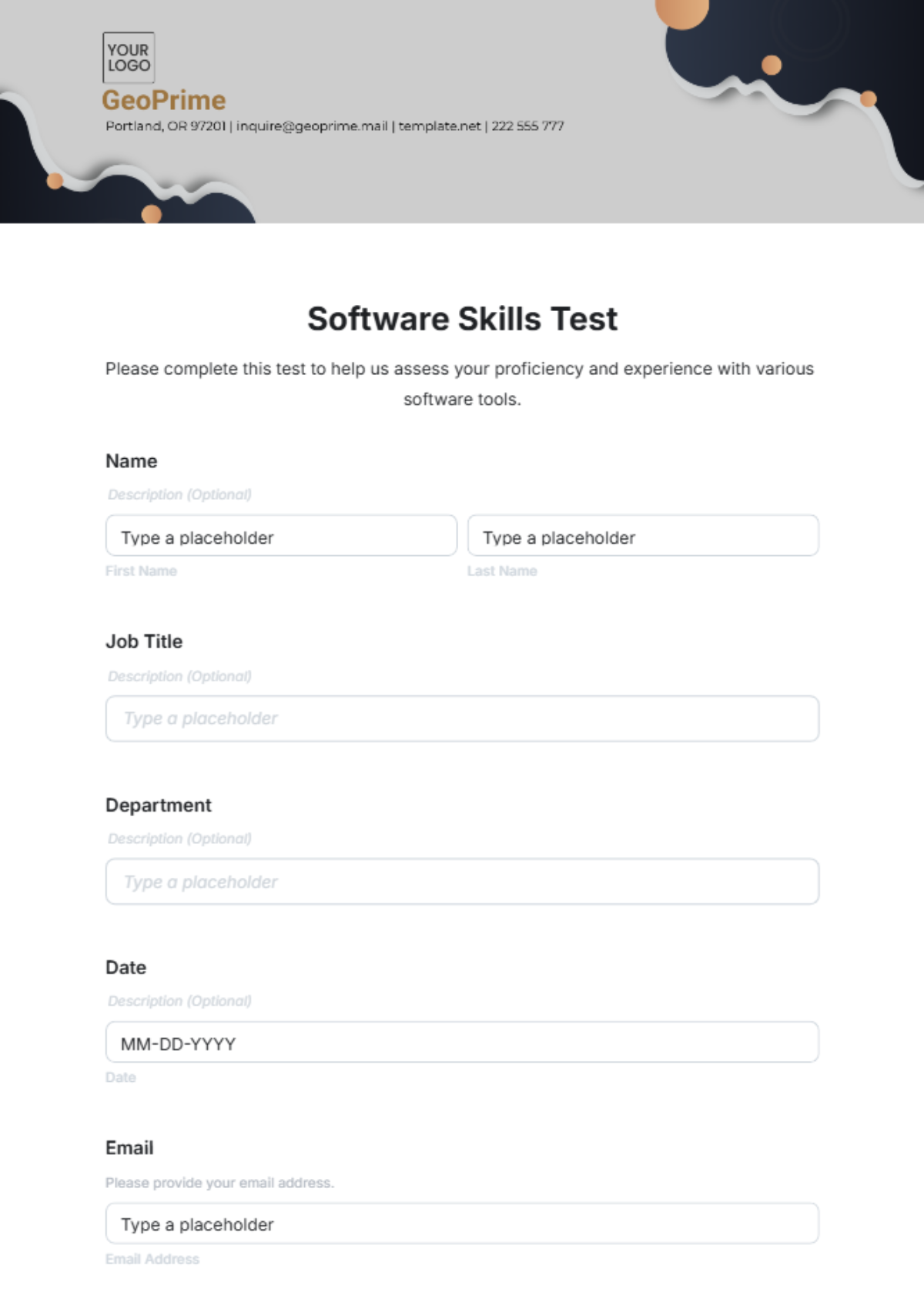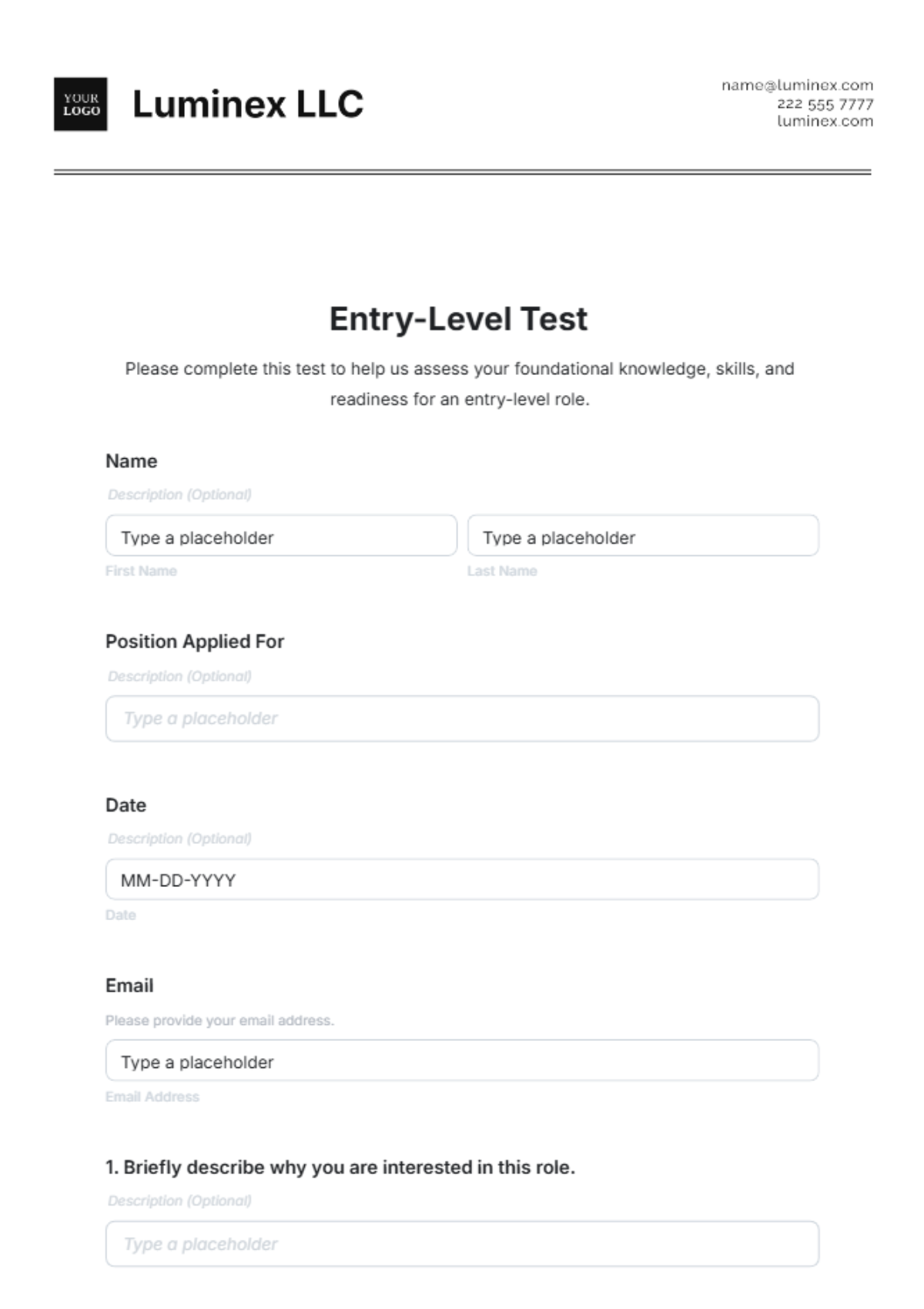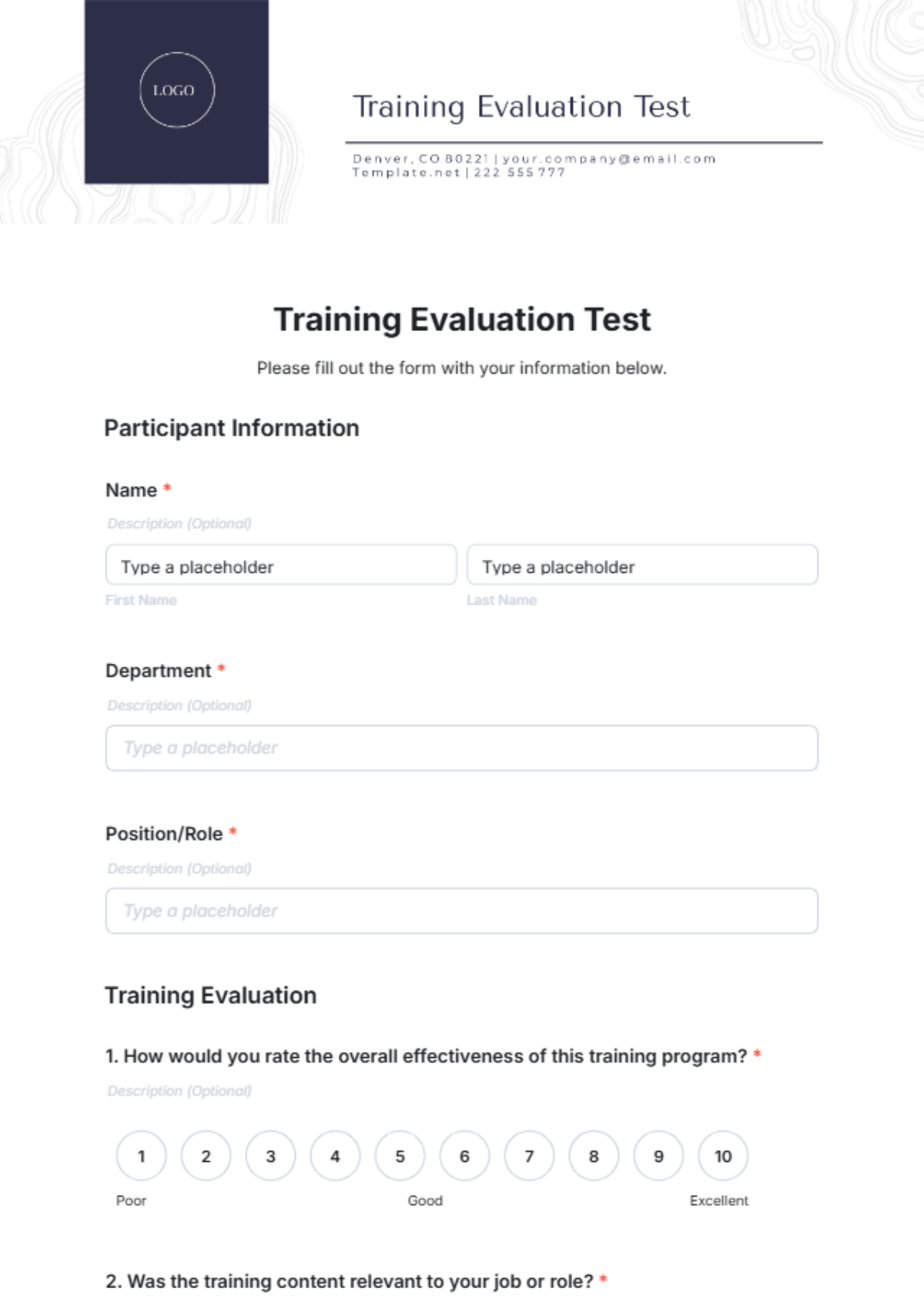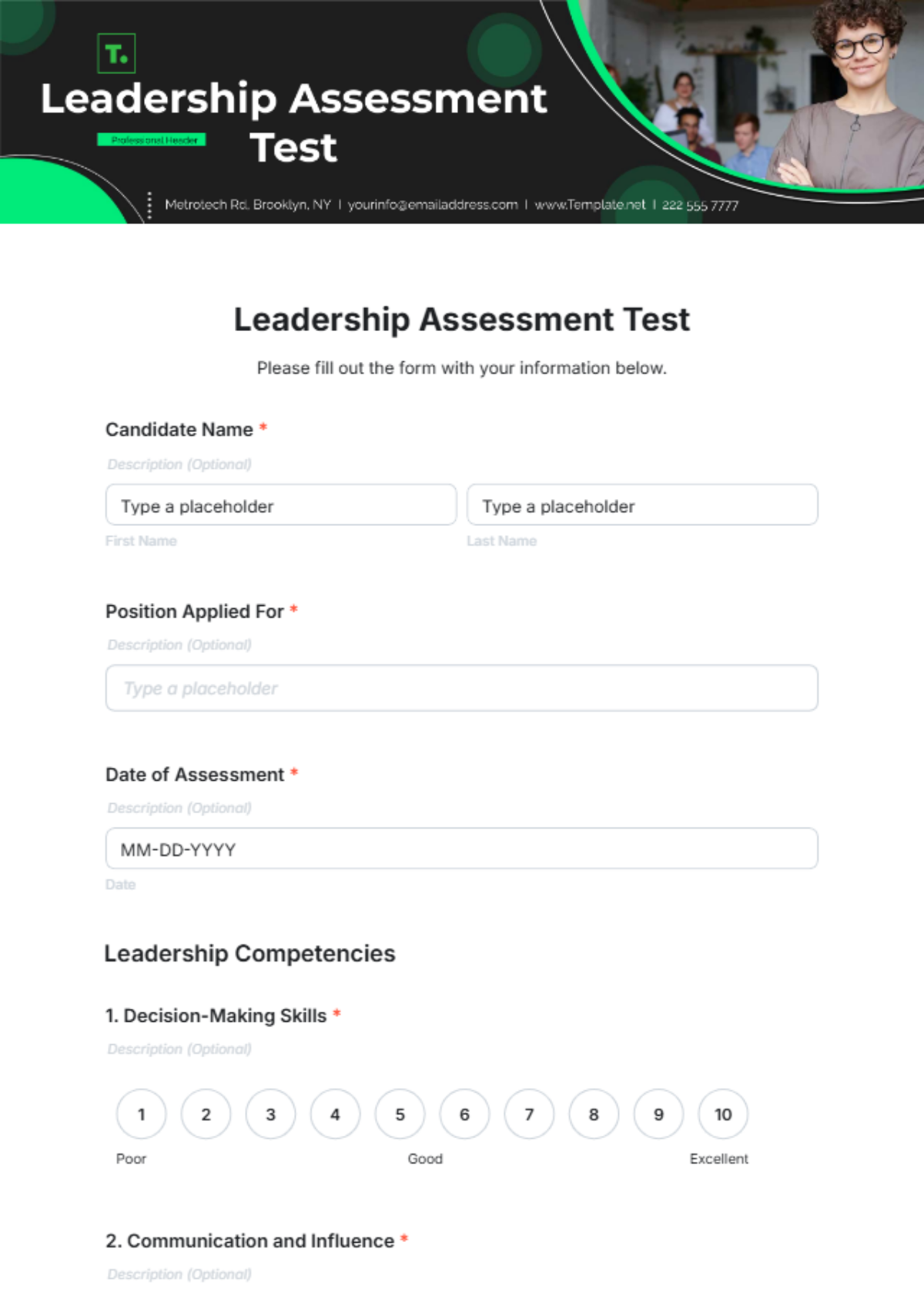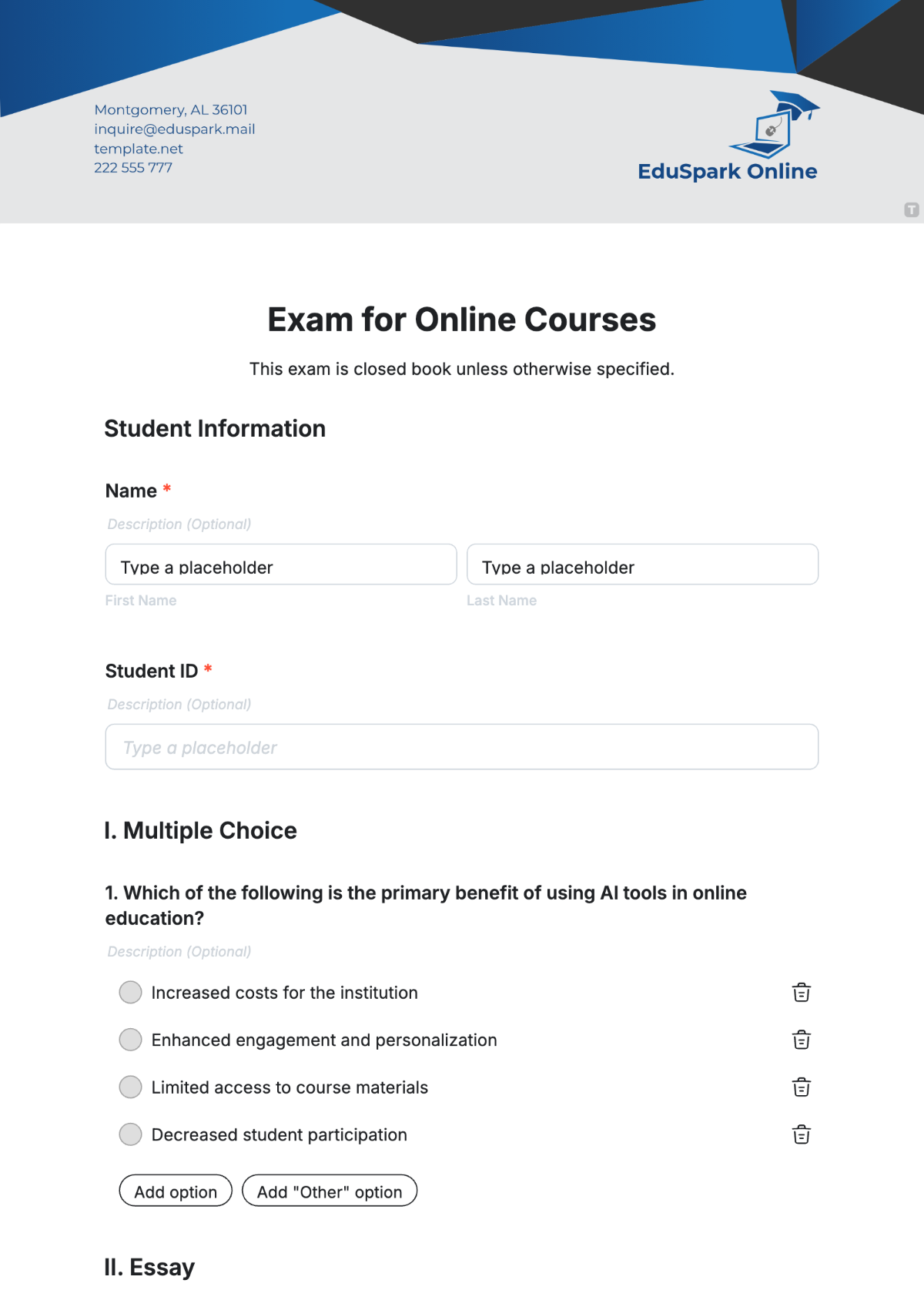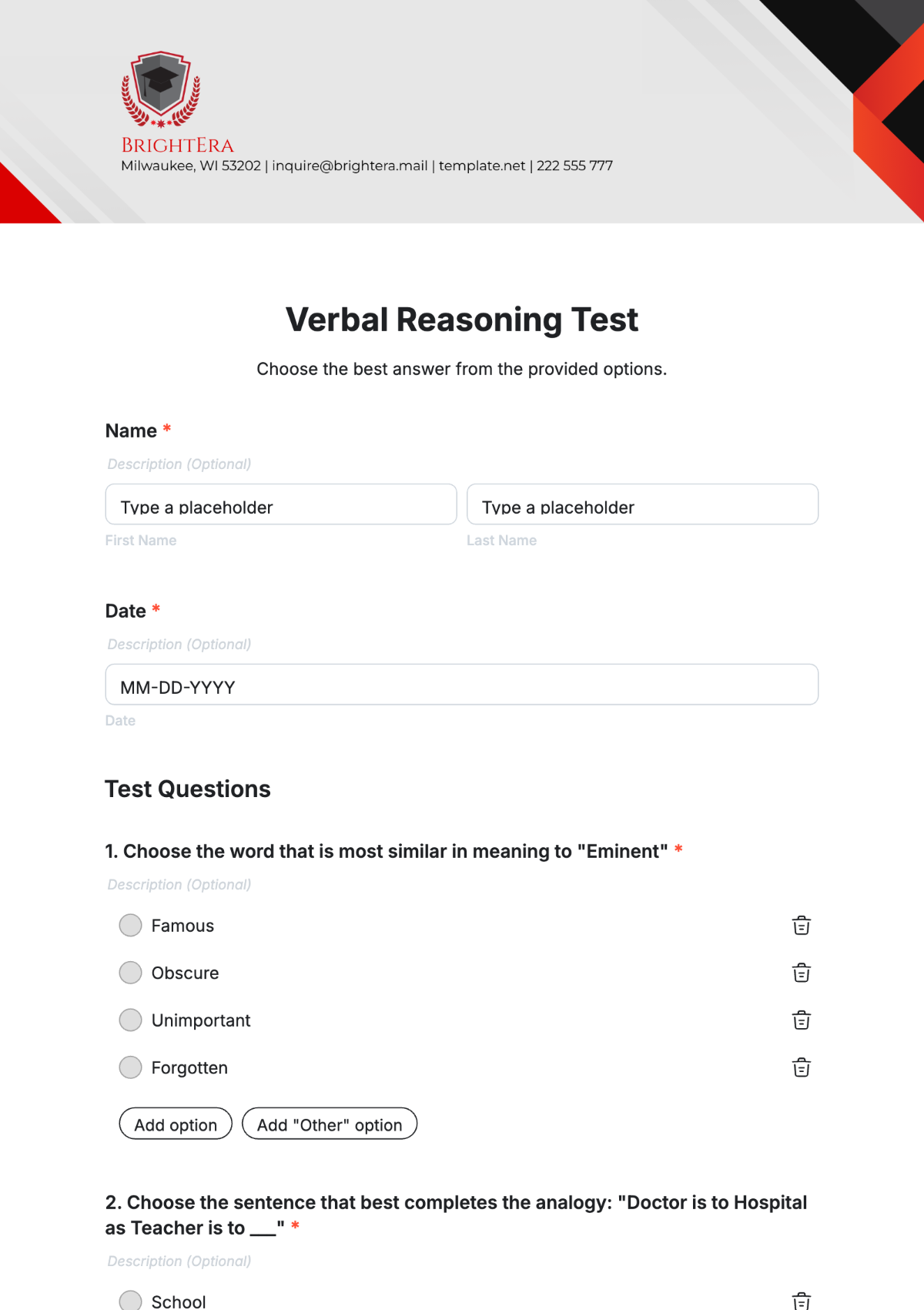TEST PROTOCOL
Name: [Your Name] |
Company Name: [Your Company Name] |
Department: [Your Department] |
Date: [Date] |
I. OBJECTIVES
The primary goal of this protocol is to ensure the safe and efficient execution of [Test Name] within the [Your Department] of [Your Company Name]. It aims to uphold the highest standards of security during medical testing, minimizing risks and errors while safeguarding the well-being of patients and staff.
To achieve this, the protocol establishes a systematic procedure for conducting [Test Name], adhering strictly to regulations. It also emphasizes monitoring the health and safety of all staff to increase the accuracy and reliability of test results.
II. PROTOCOL OVERVIEW
This protocol provides guidelines for conducting [Test Name], emphasizing safety measures. It covers the correct use of instruments, proper handling of testing samples, and specific instructions for patient management. Adherence to these guidelines is crucial for accurate testing and to minimize risk exposure to potential hazards.
The [Test Name] should be conducted in a designated area within the [Your Department], with all necessary equipment and personal protective equipment (PPE) prepared beforehand.
III. PROCEDURE
Preparation:
Gather all necessary equipment and materials required for the test.
Ensure that all equipment is in working order and properly calibrated.
Verify the identity of the patient and confirm the test to be performed.
Safety Gear:
Wear appropriate personal protective equipment (PPE) such as gloves, masks, and gowns.
Ensure that all staff involved in the test are also wearing the necessary PPE.
Test Execution:
Follow the standard operating procedure (SOP) for conducting the test.
Use sterile techniques when handling testing samples to prevent contamination.
Perform the test according to the manufacturer's instructions or established protocols.
Record all relevant data and observations accurately and legibly.
Disposal:
Dispose of testing materials, including used samples and any contaminated items, according to biohazard waste disposal guidelines.
Clean and disinfect all work surfaces and equipment used in the test according to standard protocols.
Data Collection:
Promptly record all data collected from the test into the designated software or database.
Ensure that all data is entered accurately and completely to facilitate proper analysis and interpretation.
Quality Control:
Perform quality control checks as required by the SOP or regulatory guidelines.
Document all quality control results and any corrective actions taken.
Reporting:
Prepare a detailed report of the test results, including any relevant observations or deviations from the standard procedure.
Ensure that the report is reviewed and approved by the appropriate personnel before dissemination.
Follow-up:
Provide any necessary follow-up care or instructions to the patient based on the test results.
Communicate any abnormal or unexpected results to the patient's healthcare provider promptly.
Documentation:
Maintain thorough and accurate documentation of the test procedure, results, and any relevant observations.
Ensure that all documentation is stored securely and in compliance with applicable regulations.
V. SAFETY CONSIDERATIONS
Every employee is responsible for their safety and that of others. This includes wearing prescribed PPE, following hygienic practices, and adhering to procedure guidelines carefully.
Regular safety training sessions should be conducted to keep employees updated. Any incidents, accidents, or near misses must be reported immediately to prevent future occurrences.
VI. EXPECTED RESULTS
The ideal outcome of [Test Name] is accurate, precise, and reliable results that significantly contribute to diagnosis or patient management. Any discrepancies in results should prompt re-testing or further investigation.
It's important to note that [Test Name] has limitations and uncertainties, which should be disclosed in the final report.
VII. CONCLUSION
This protocol template serves as a guide for the safe and efficient execution of [Test Name], prioritizing safety. Adherence to this protocol is crucial not only for [Your Company Name] and [Your Department] but also for the broader healthcare community and patients who rely on accurate and safe results.
